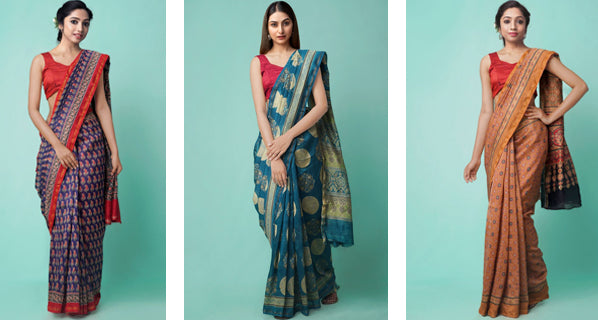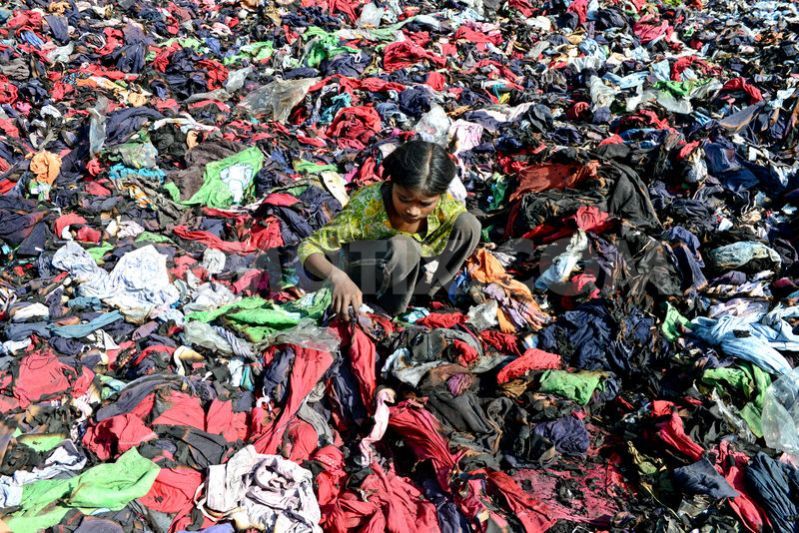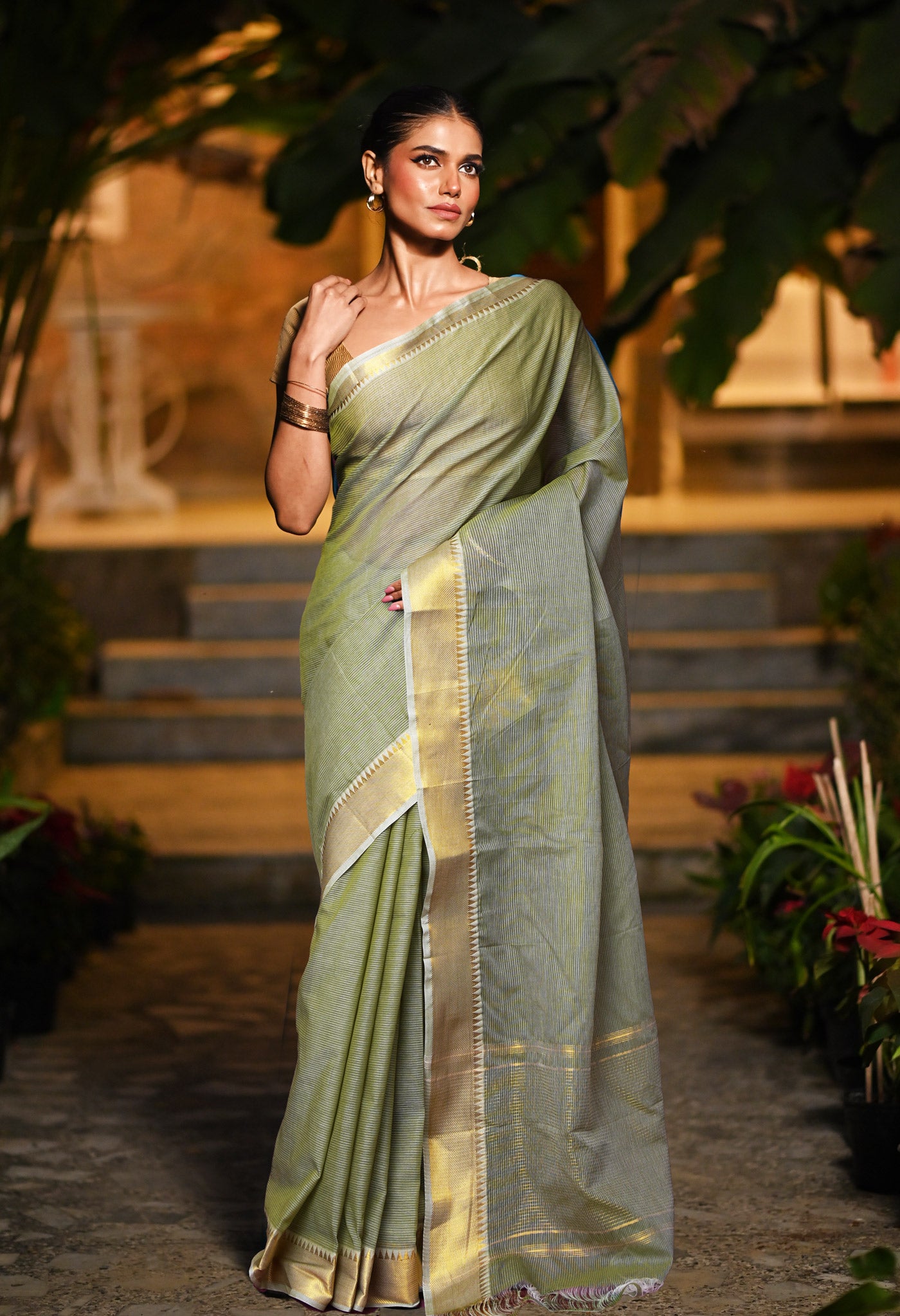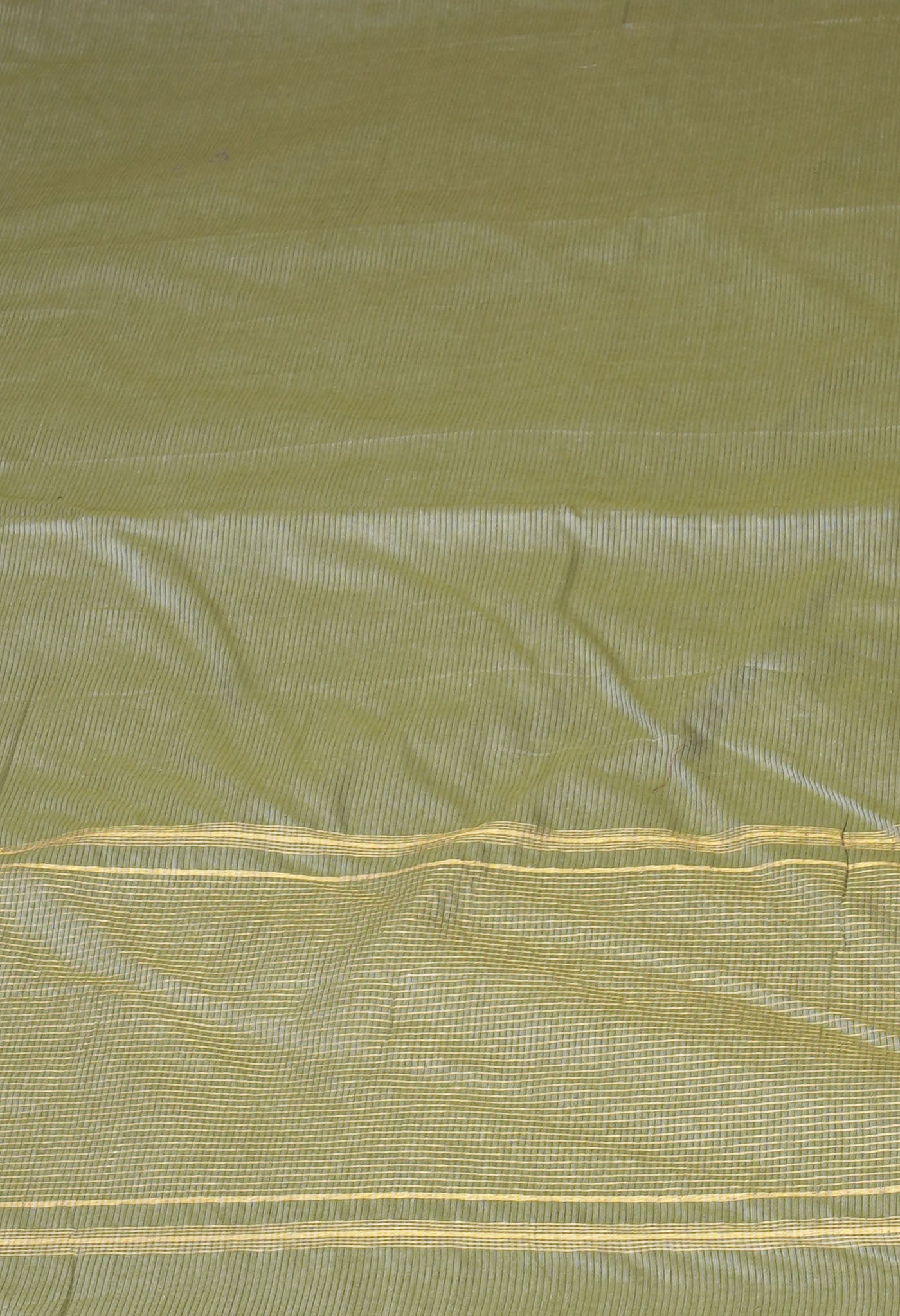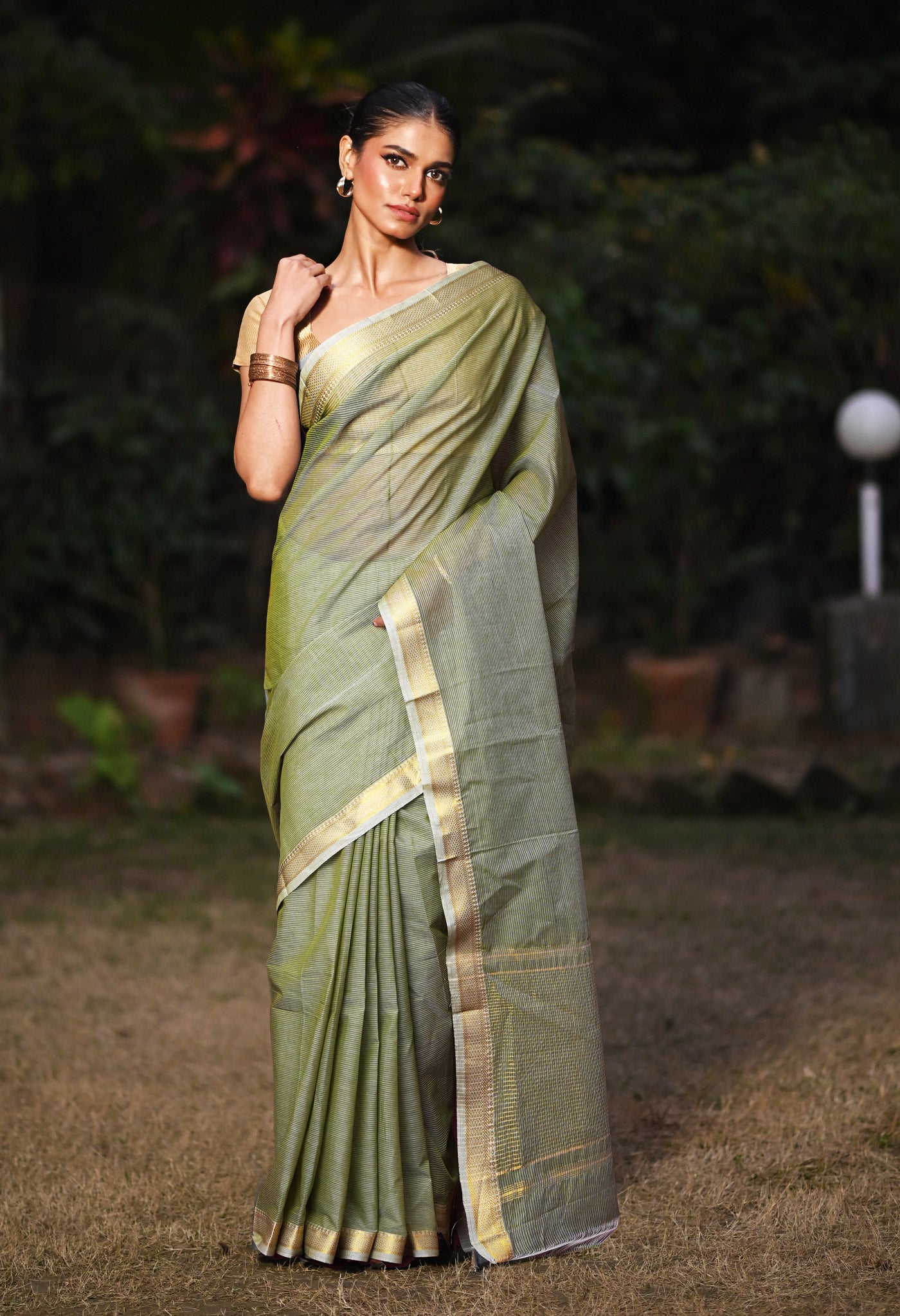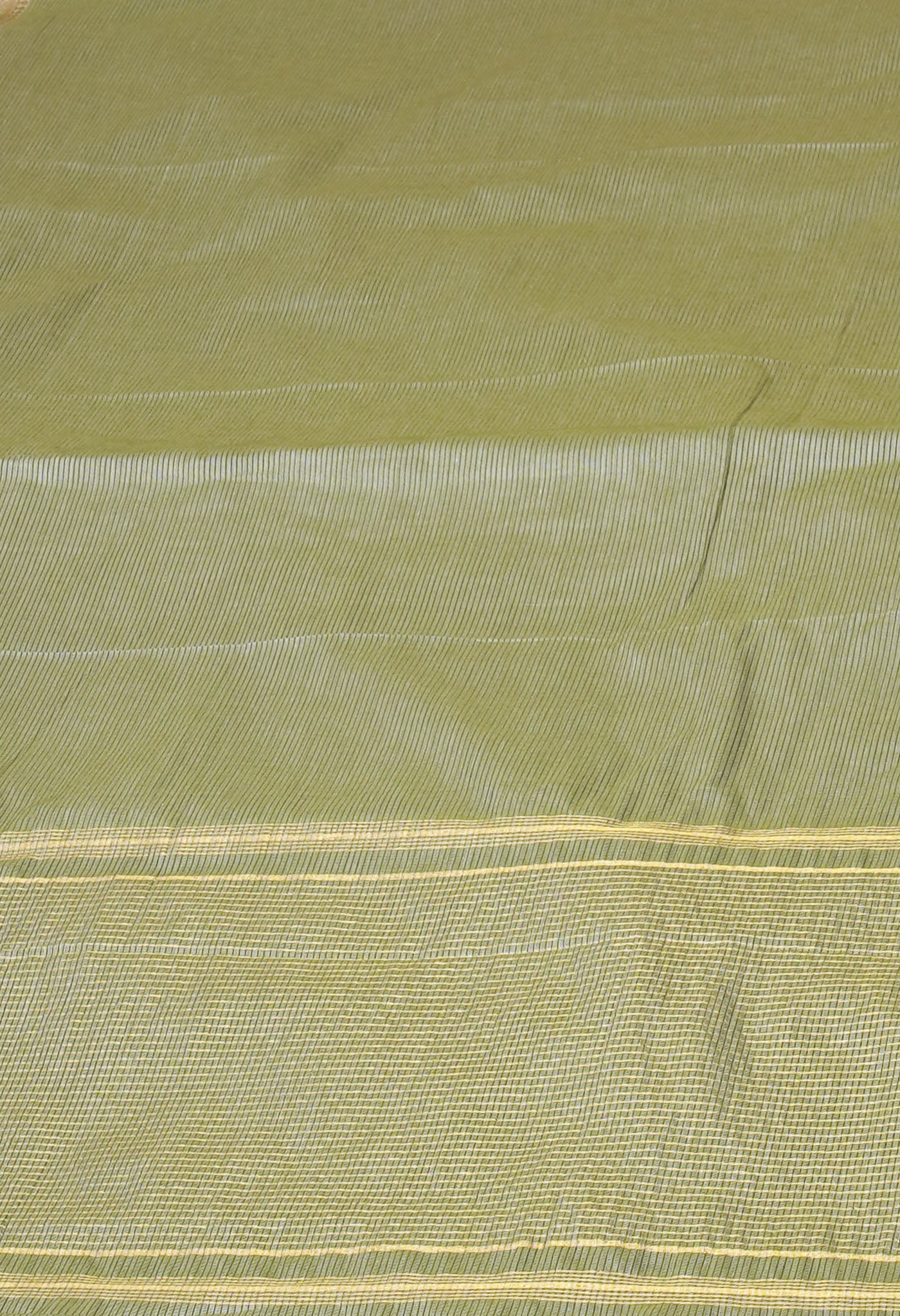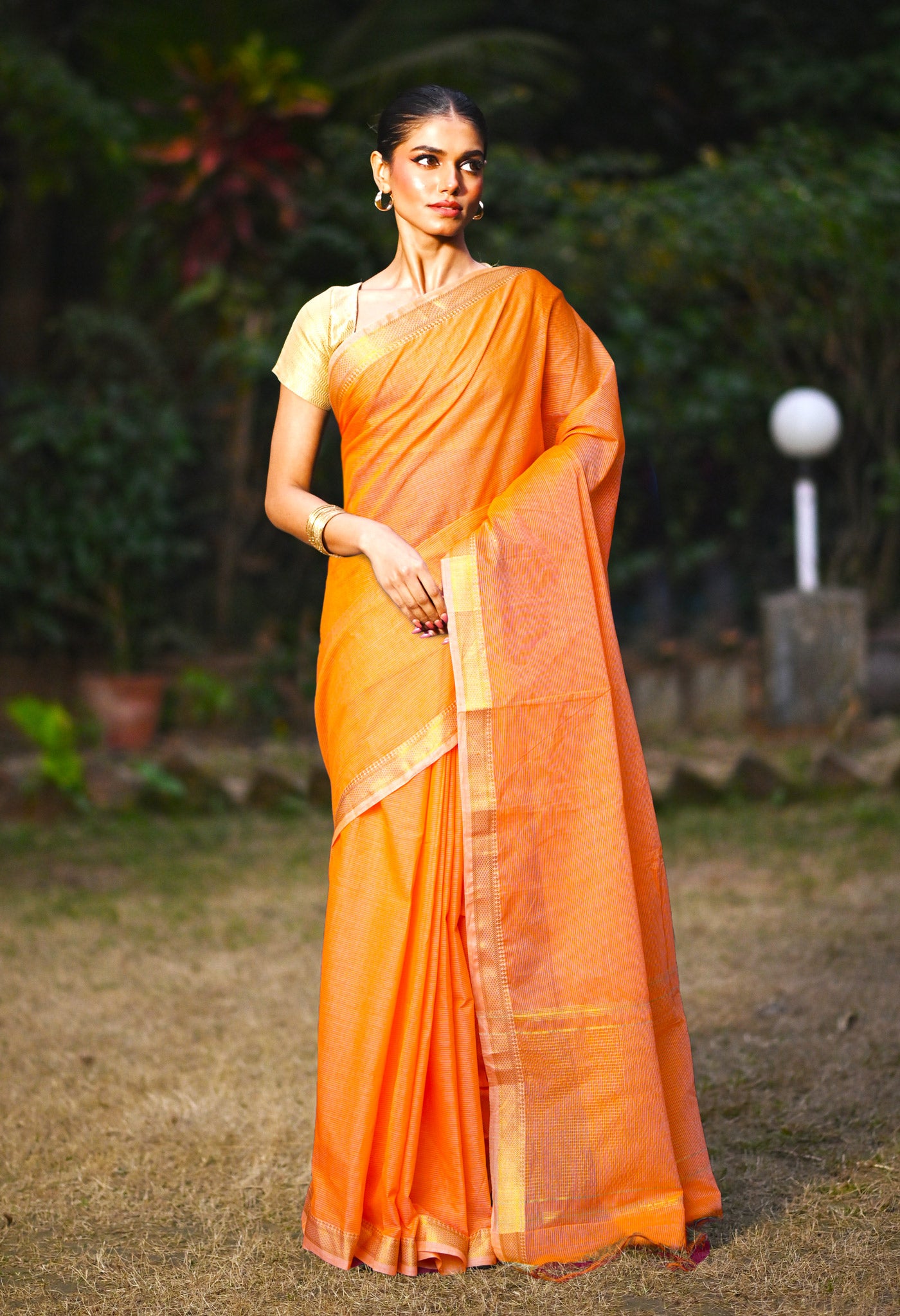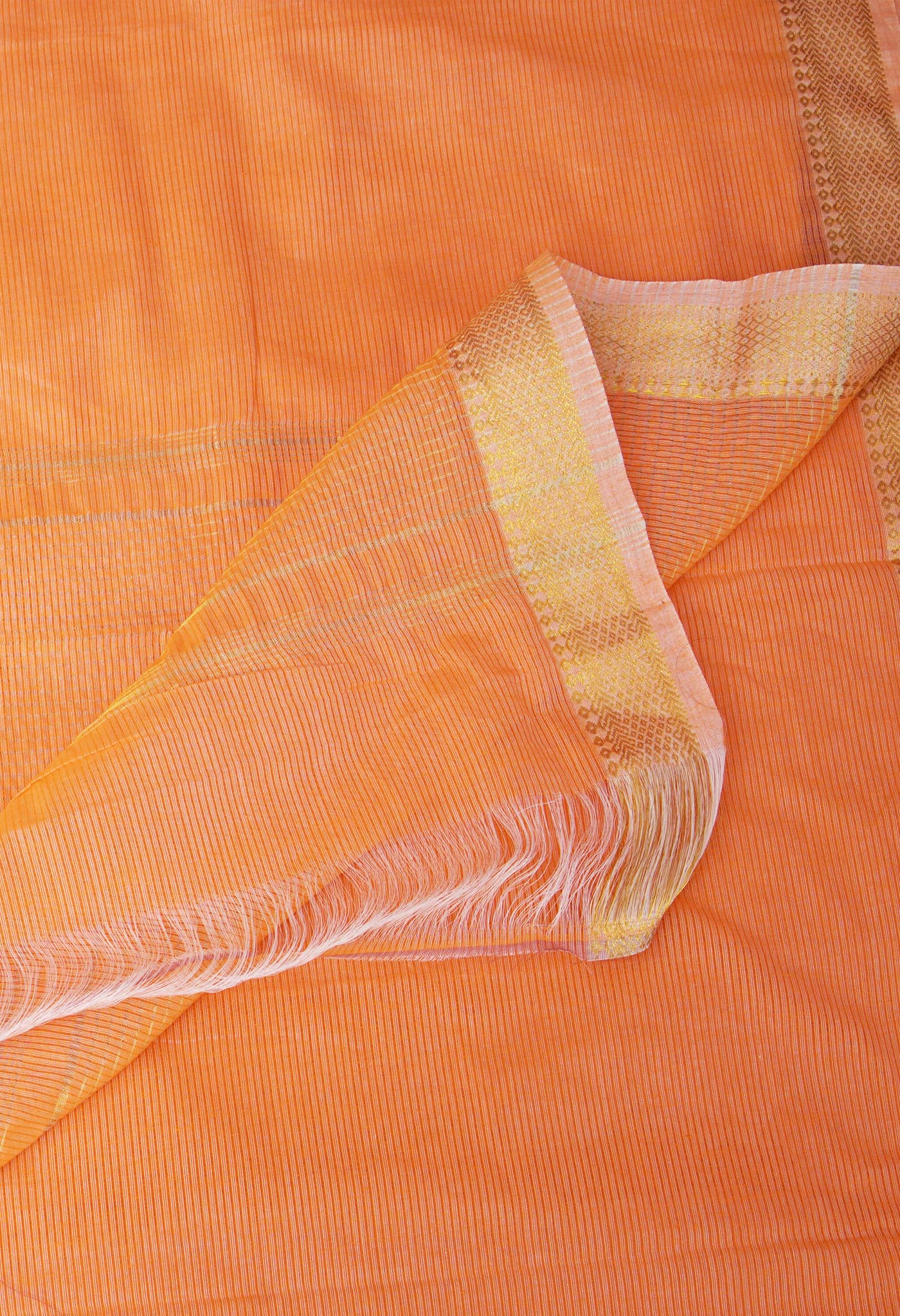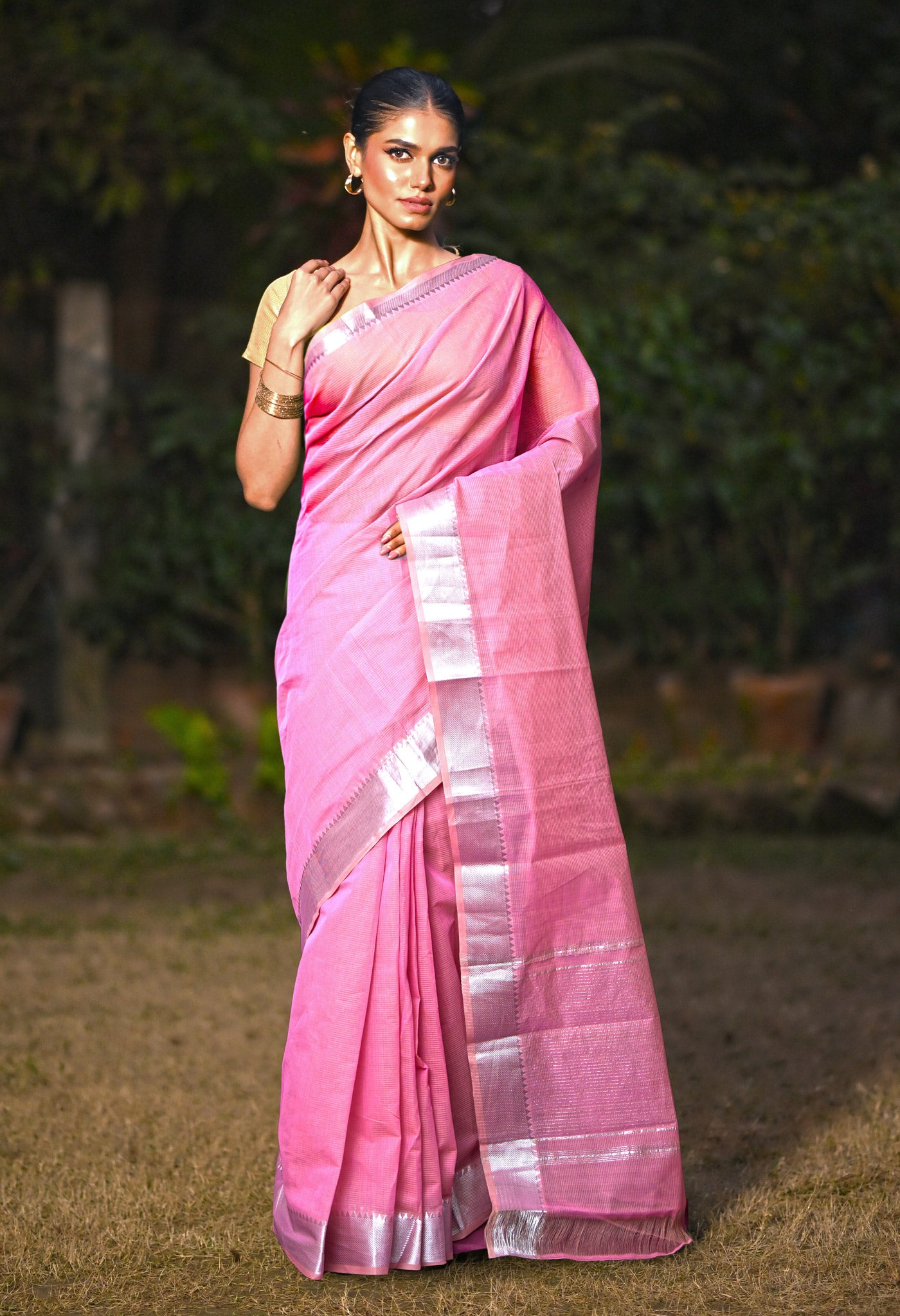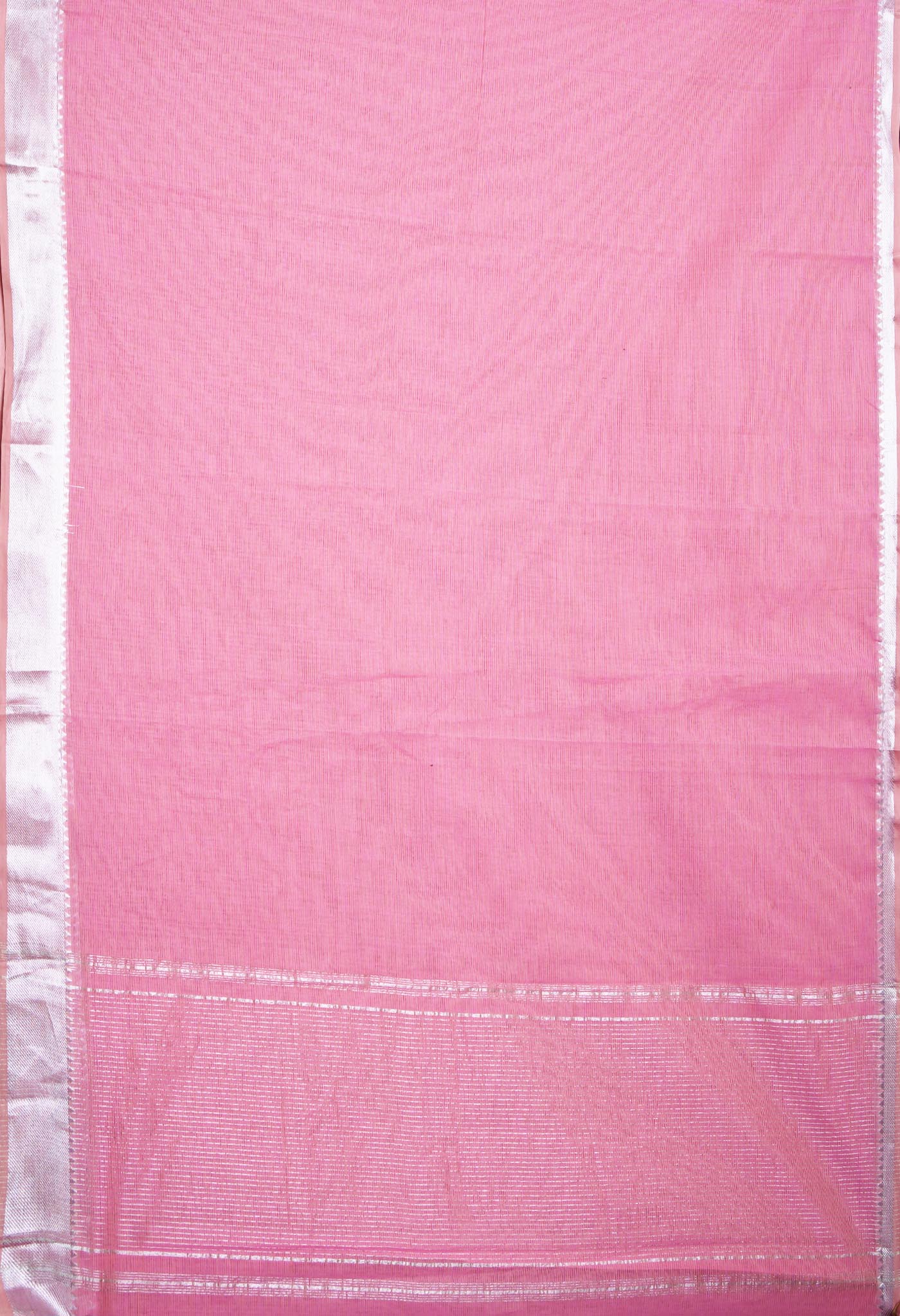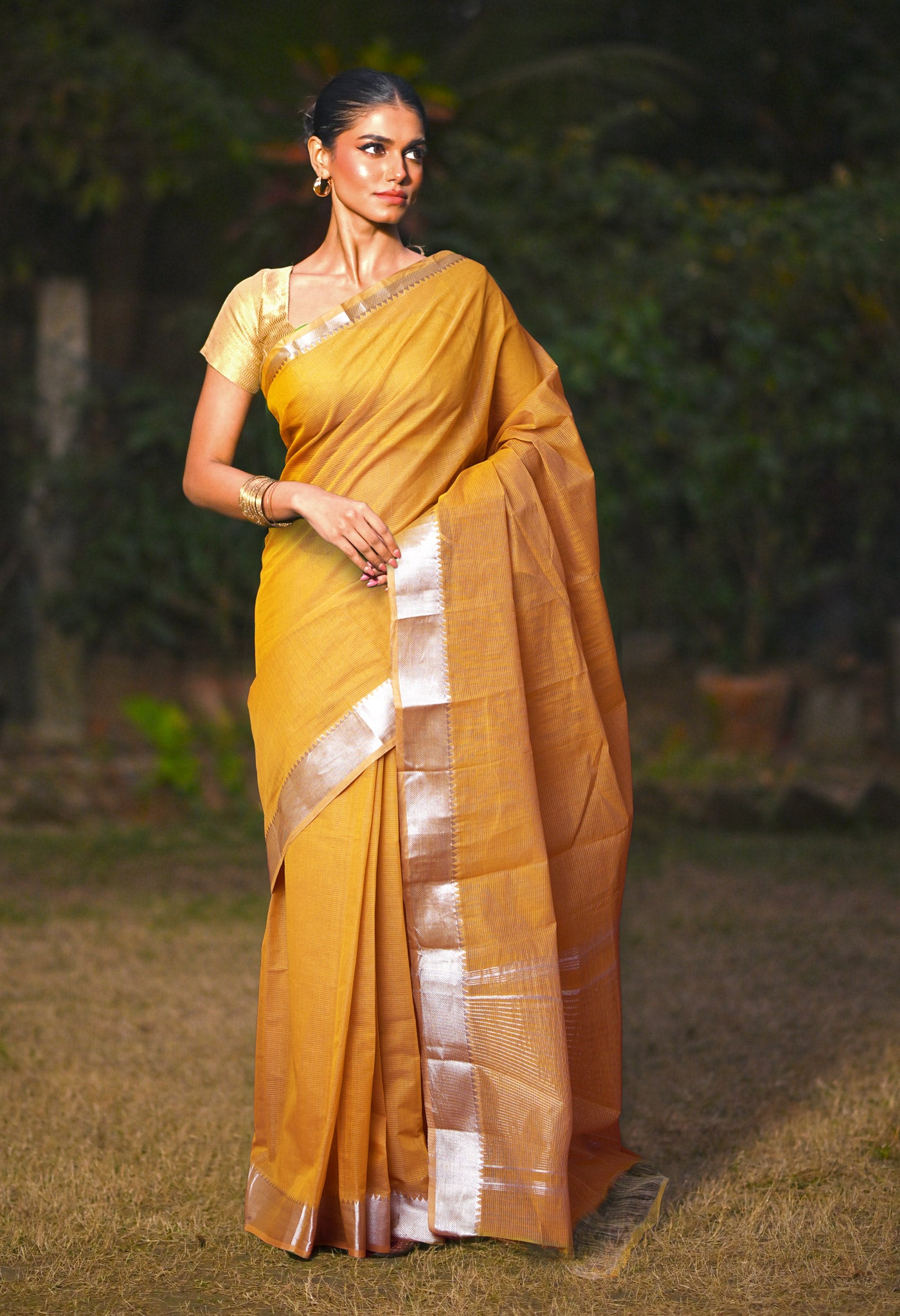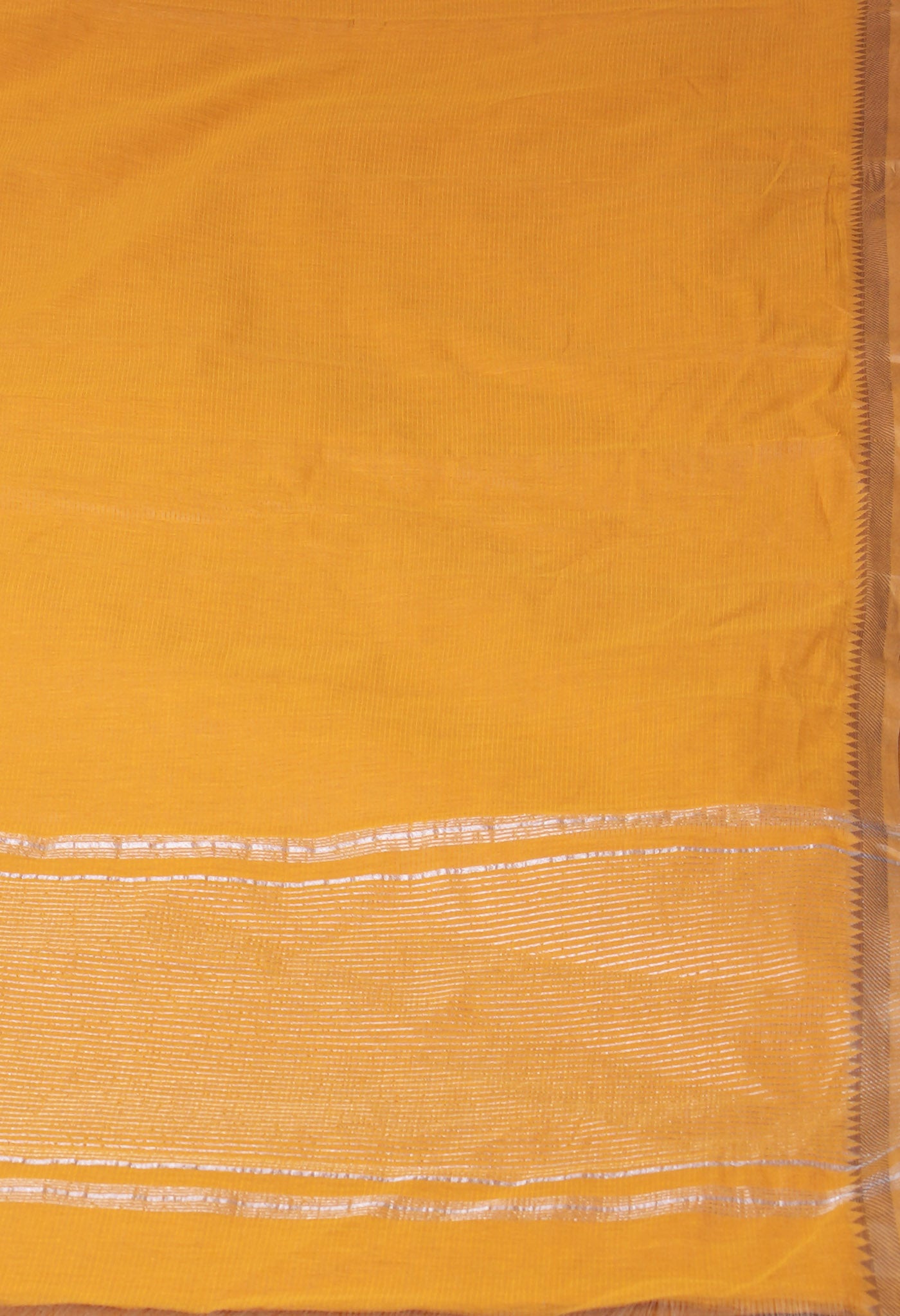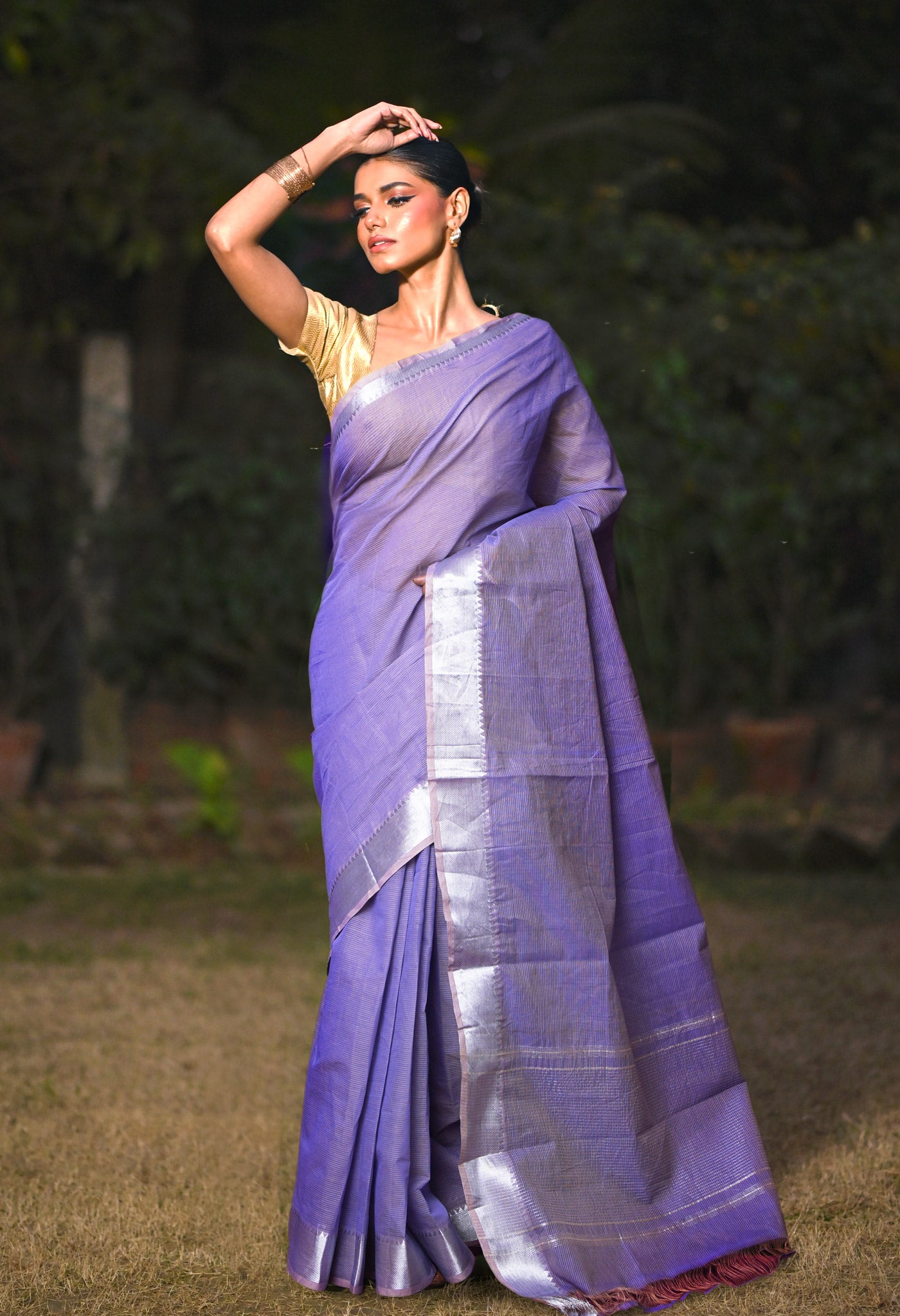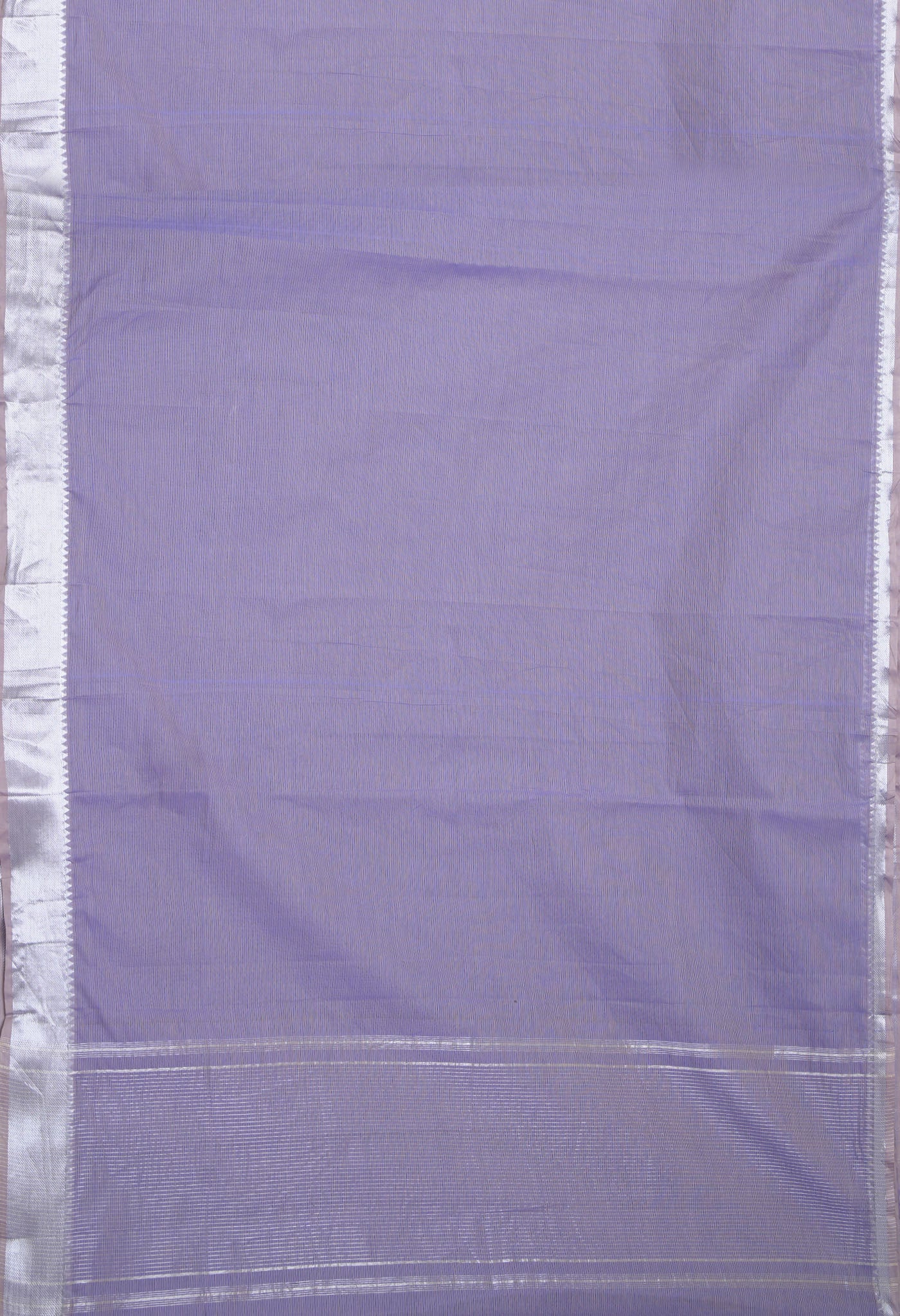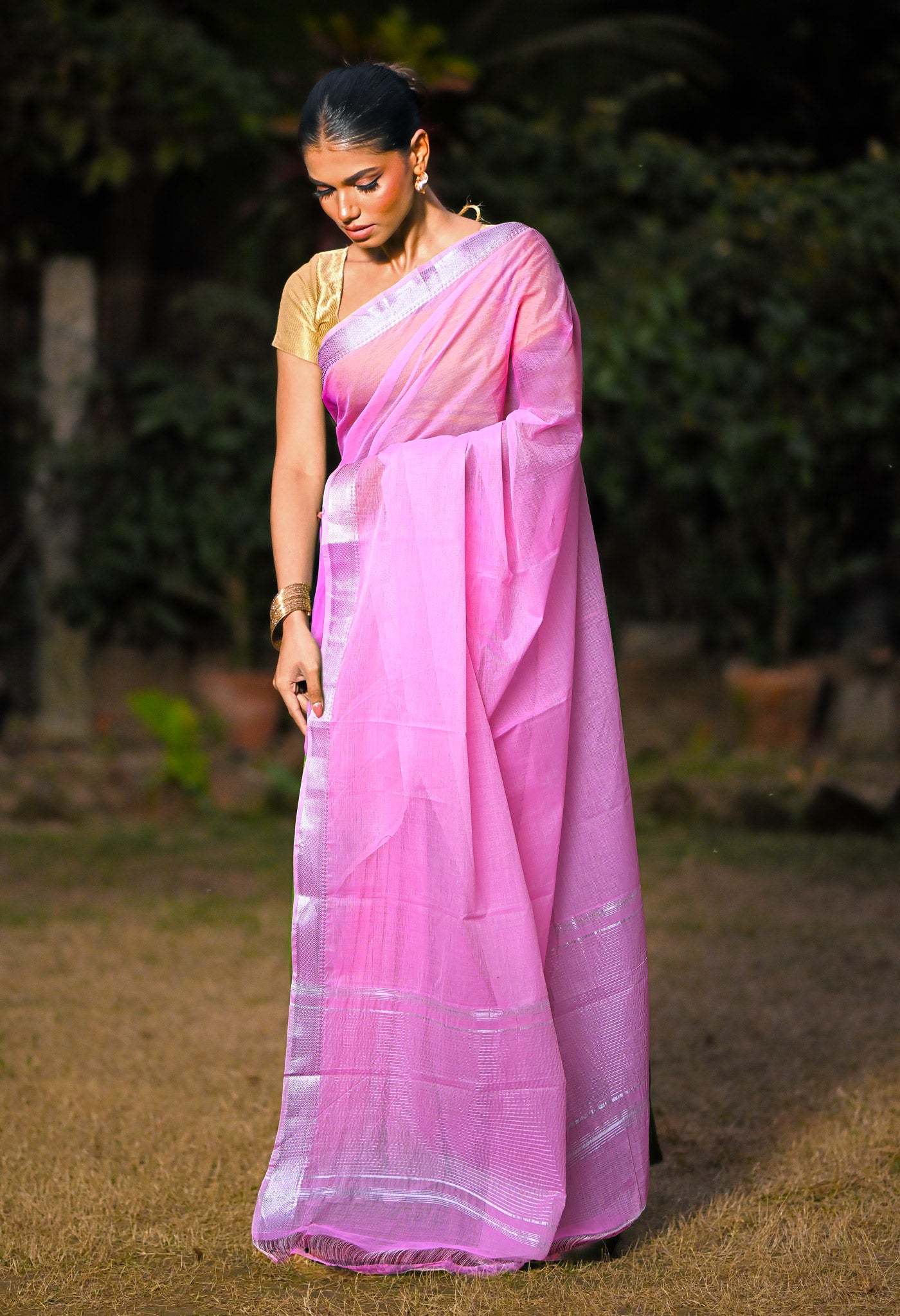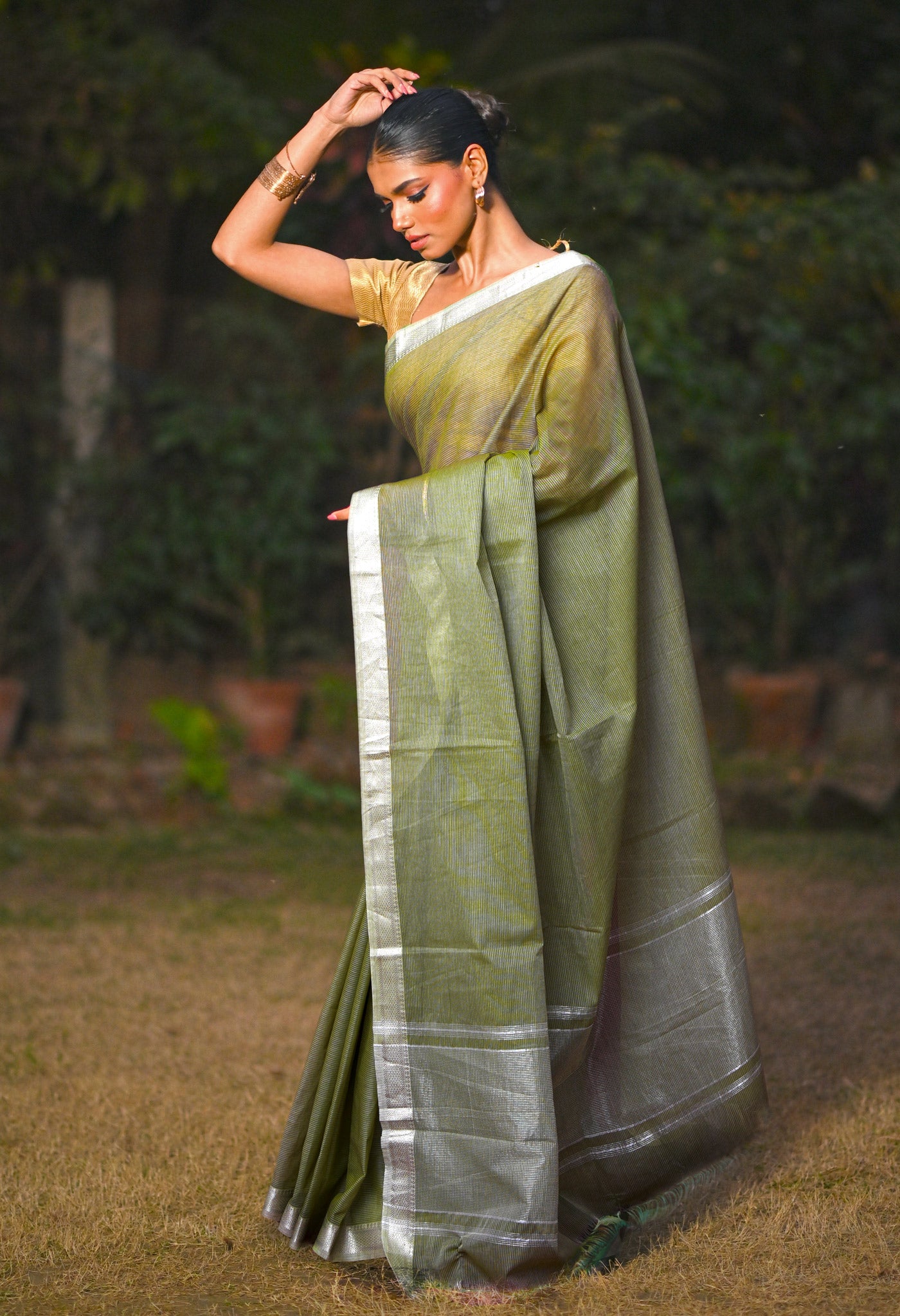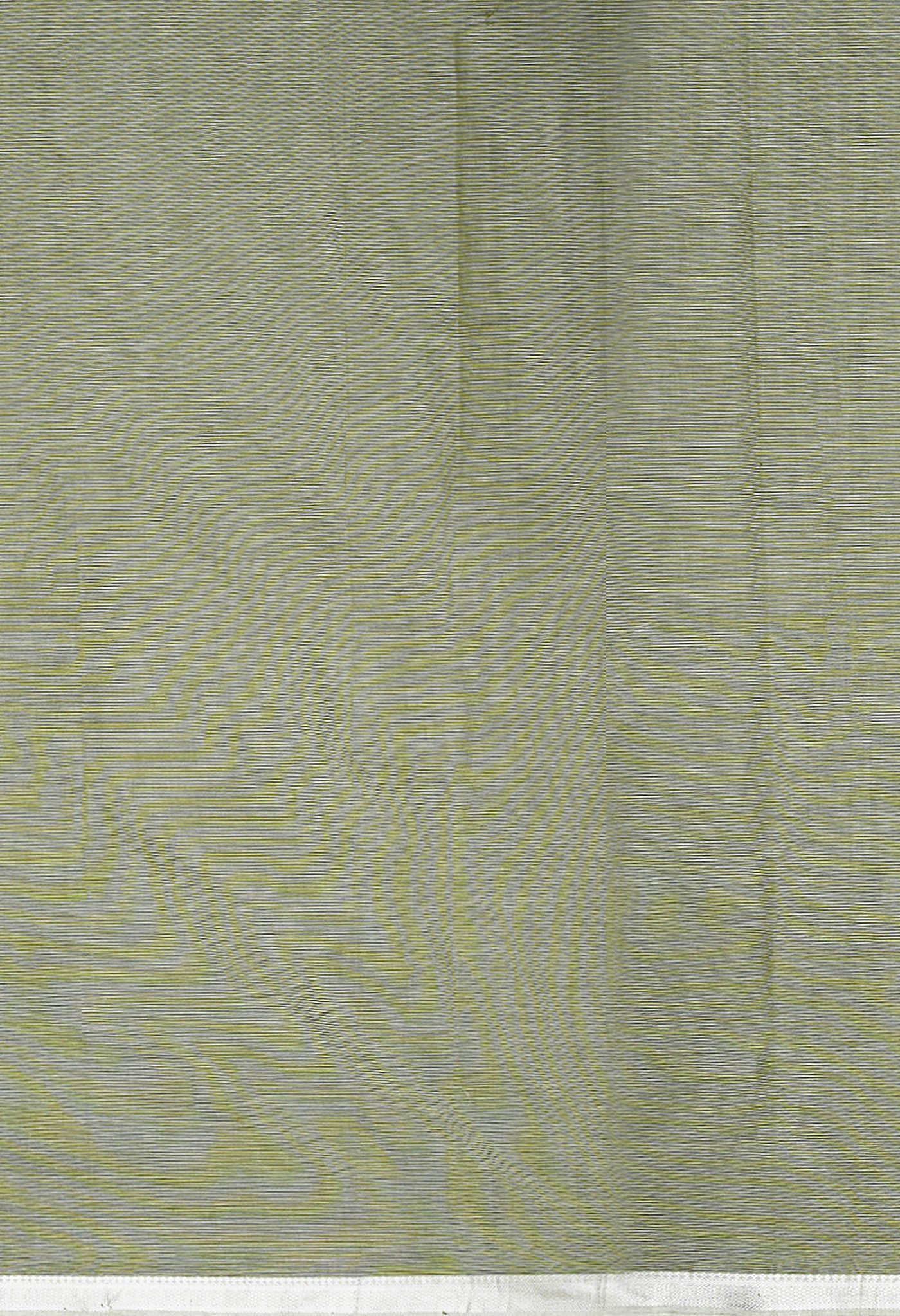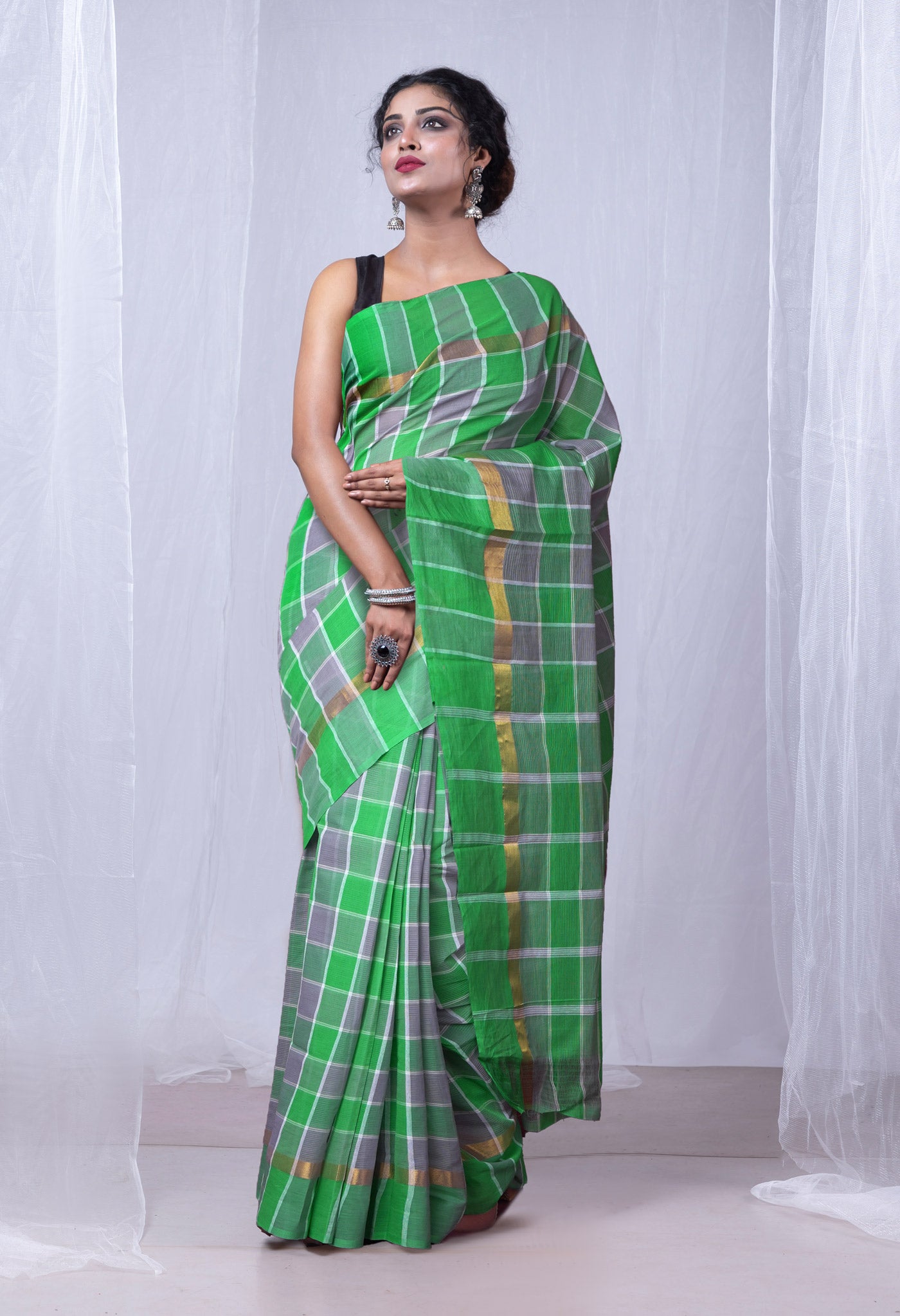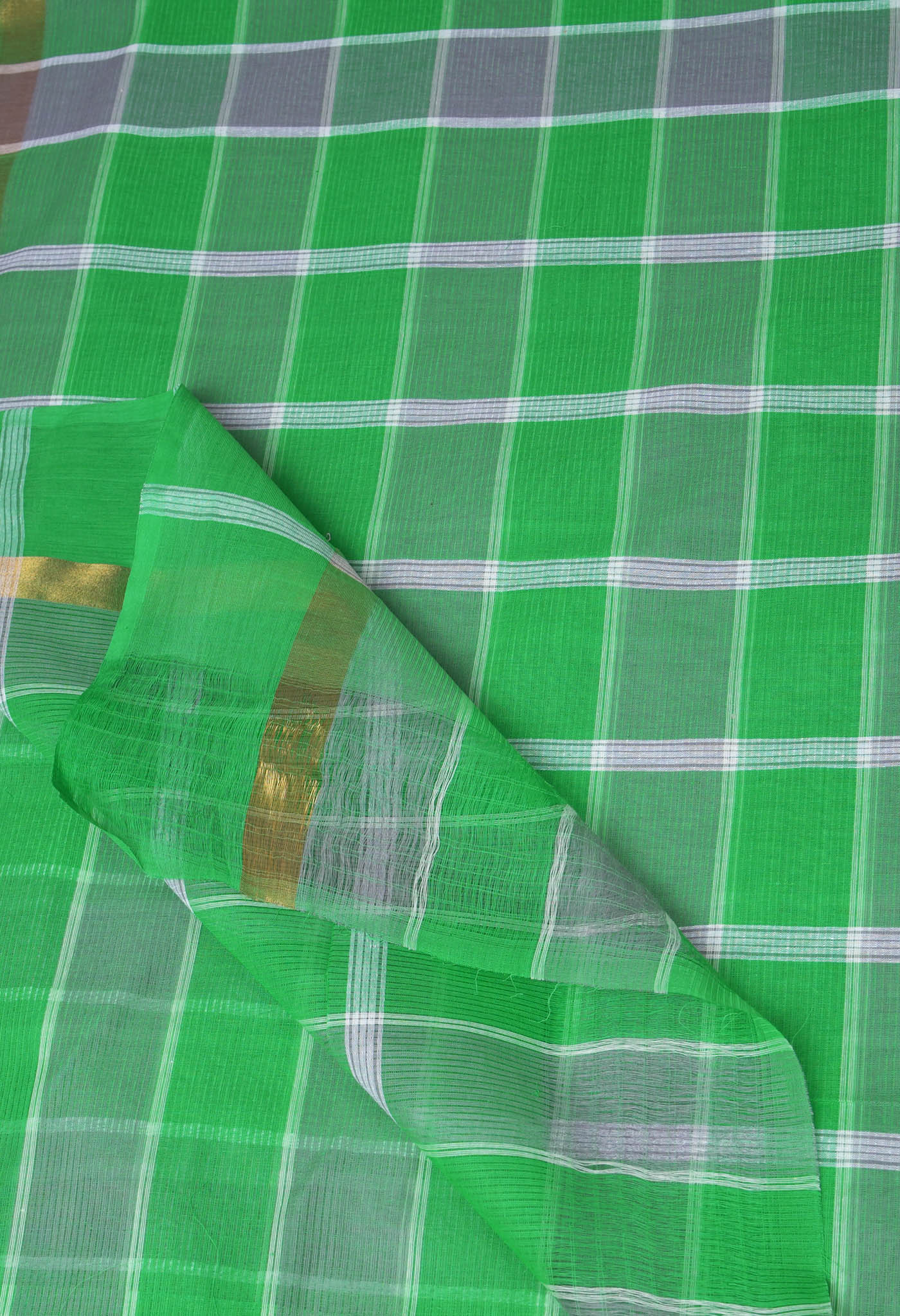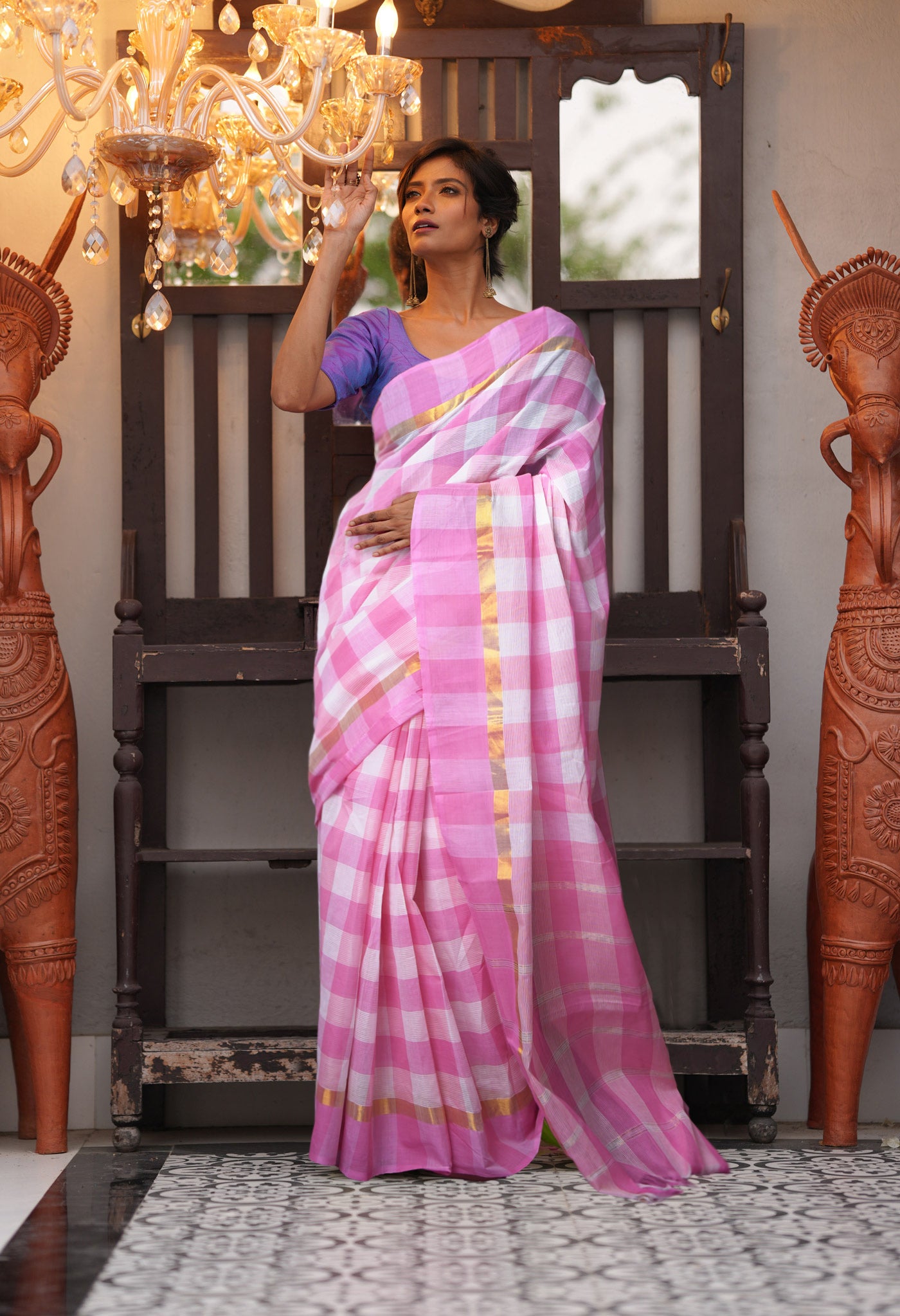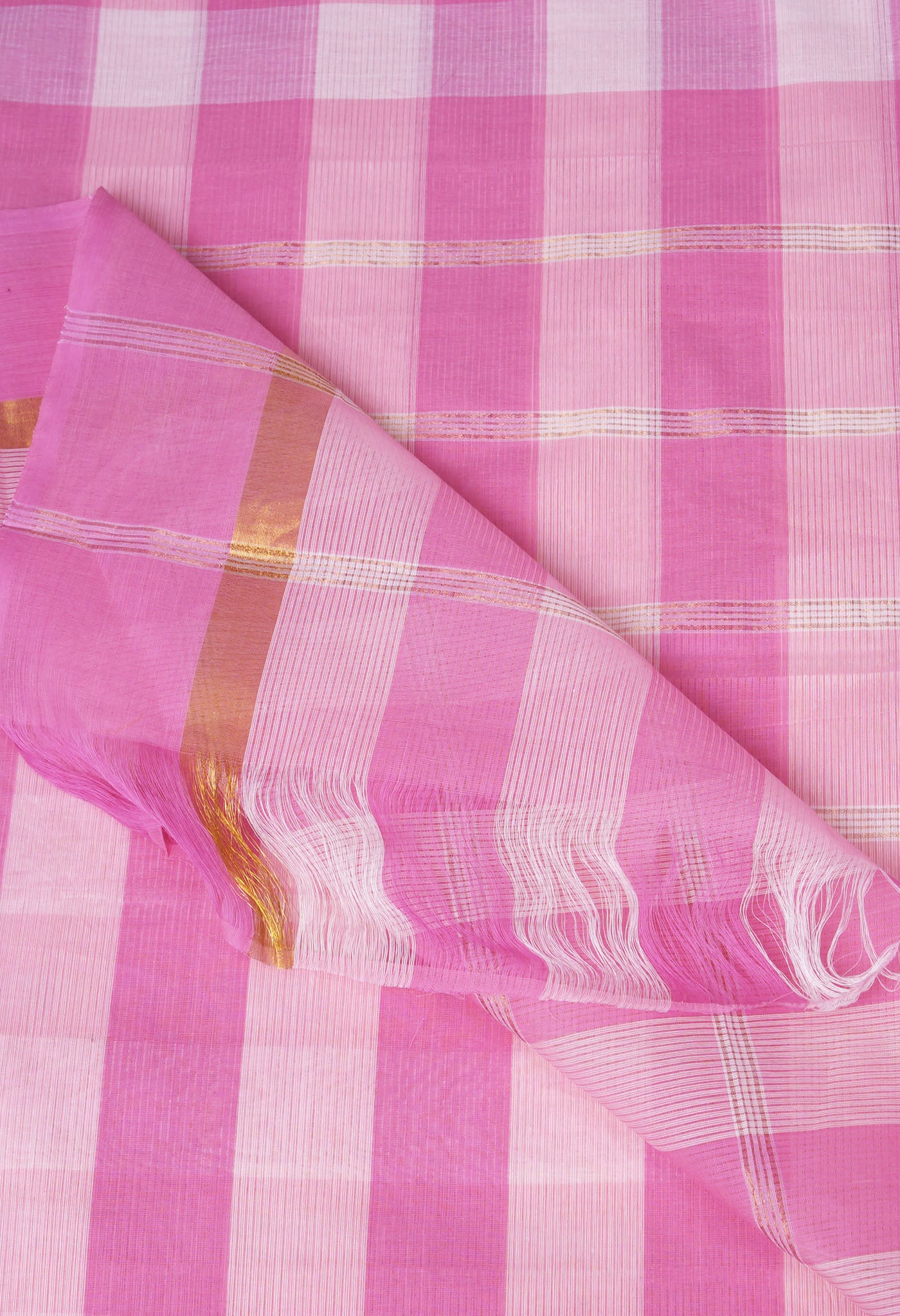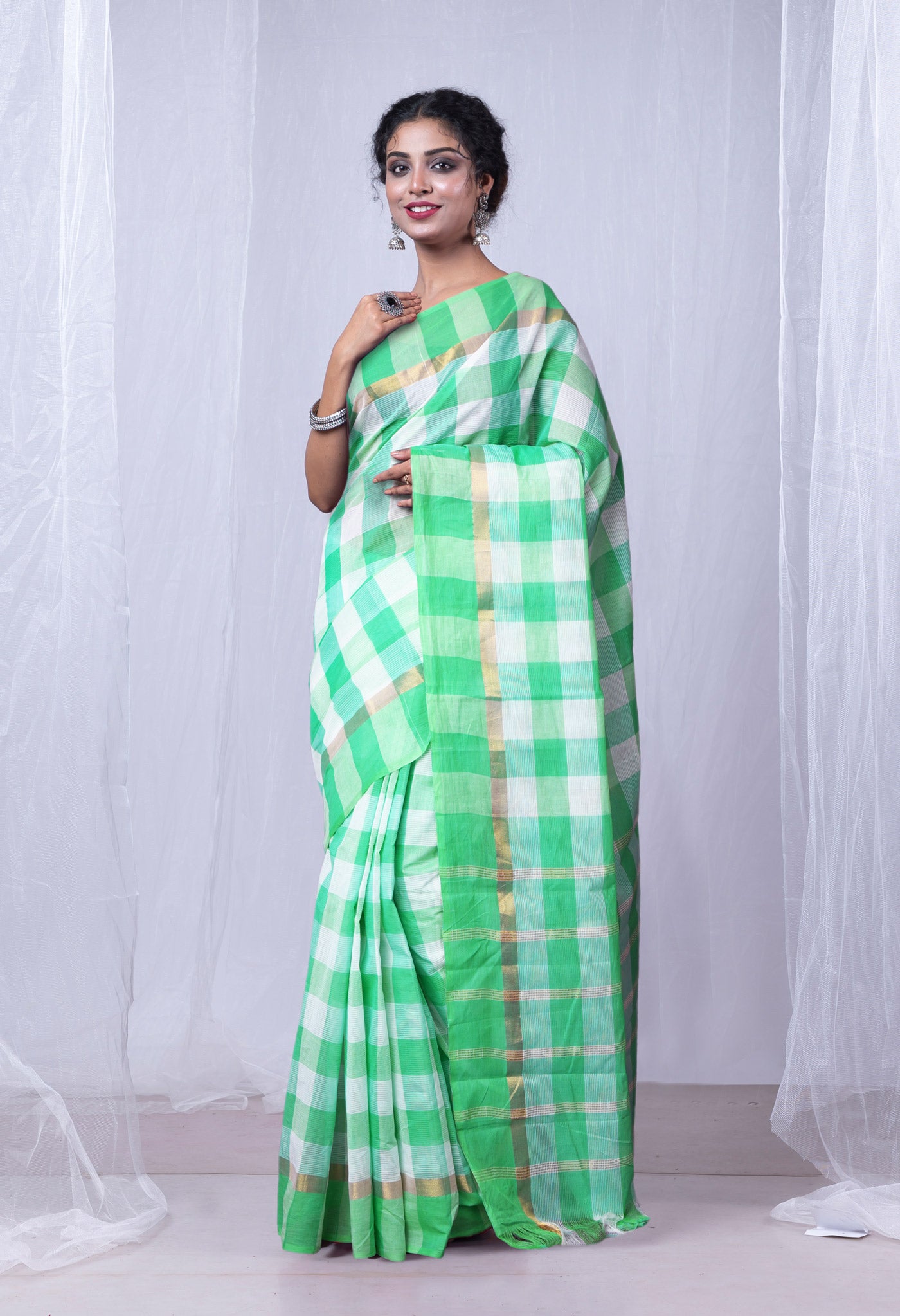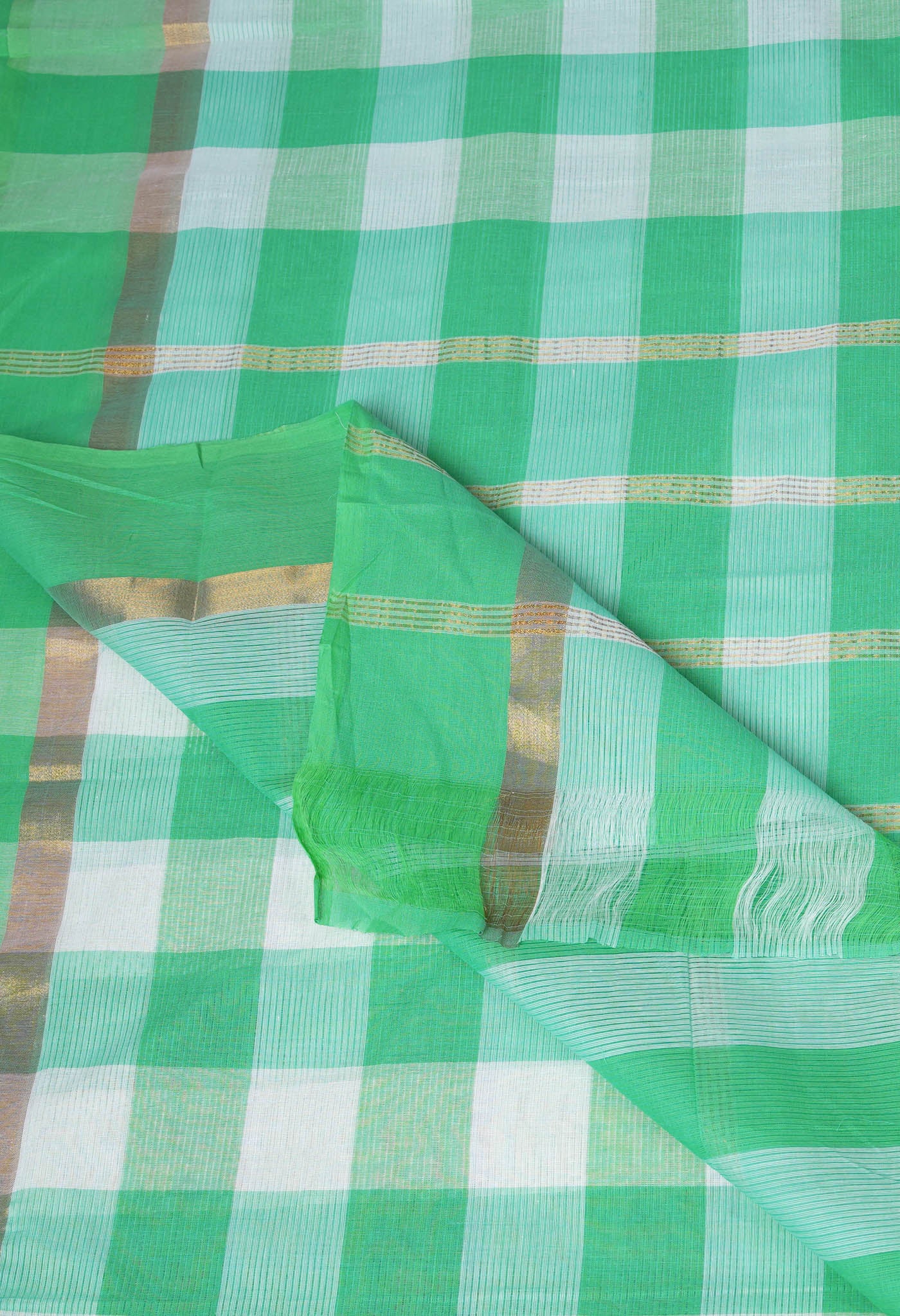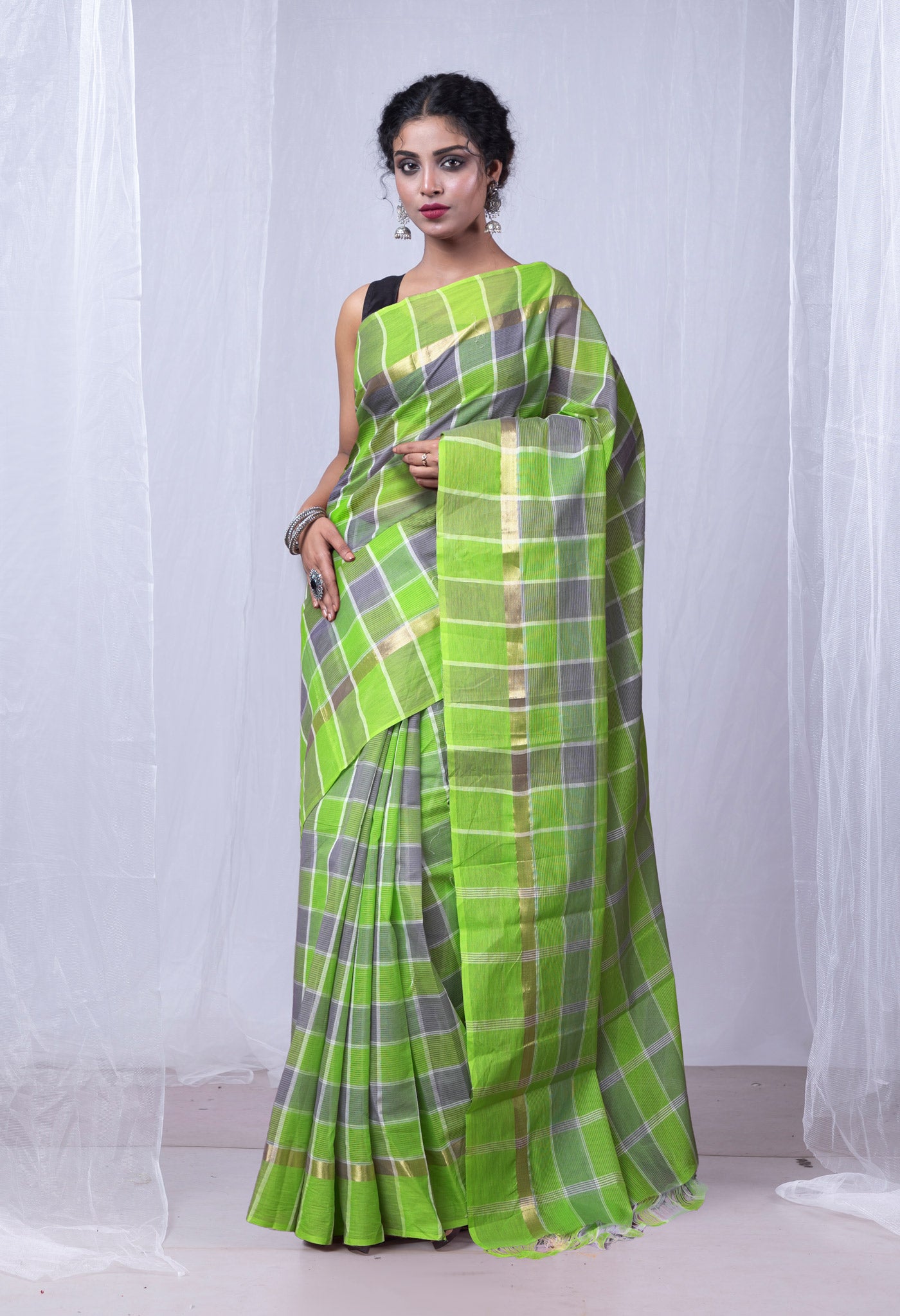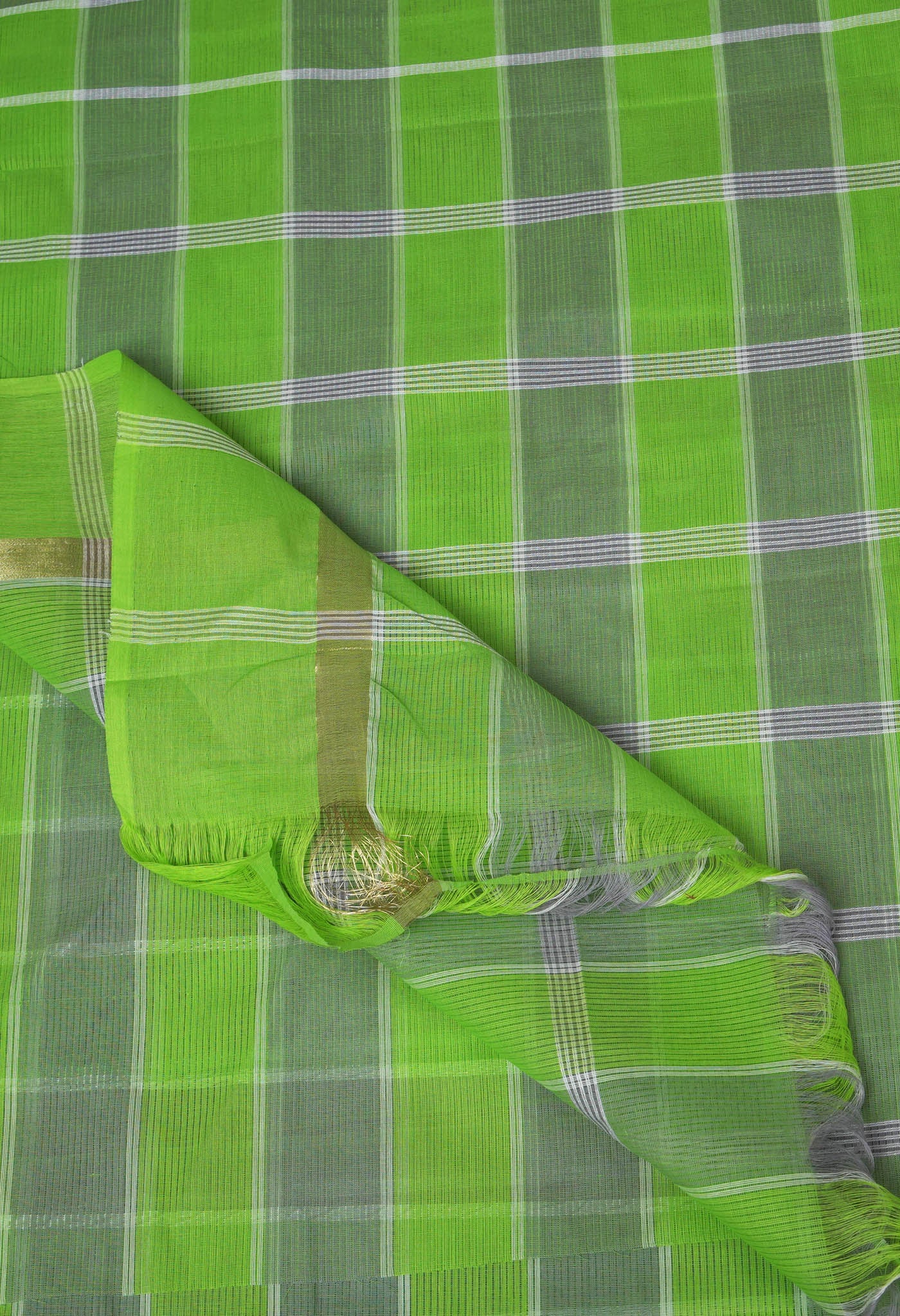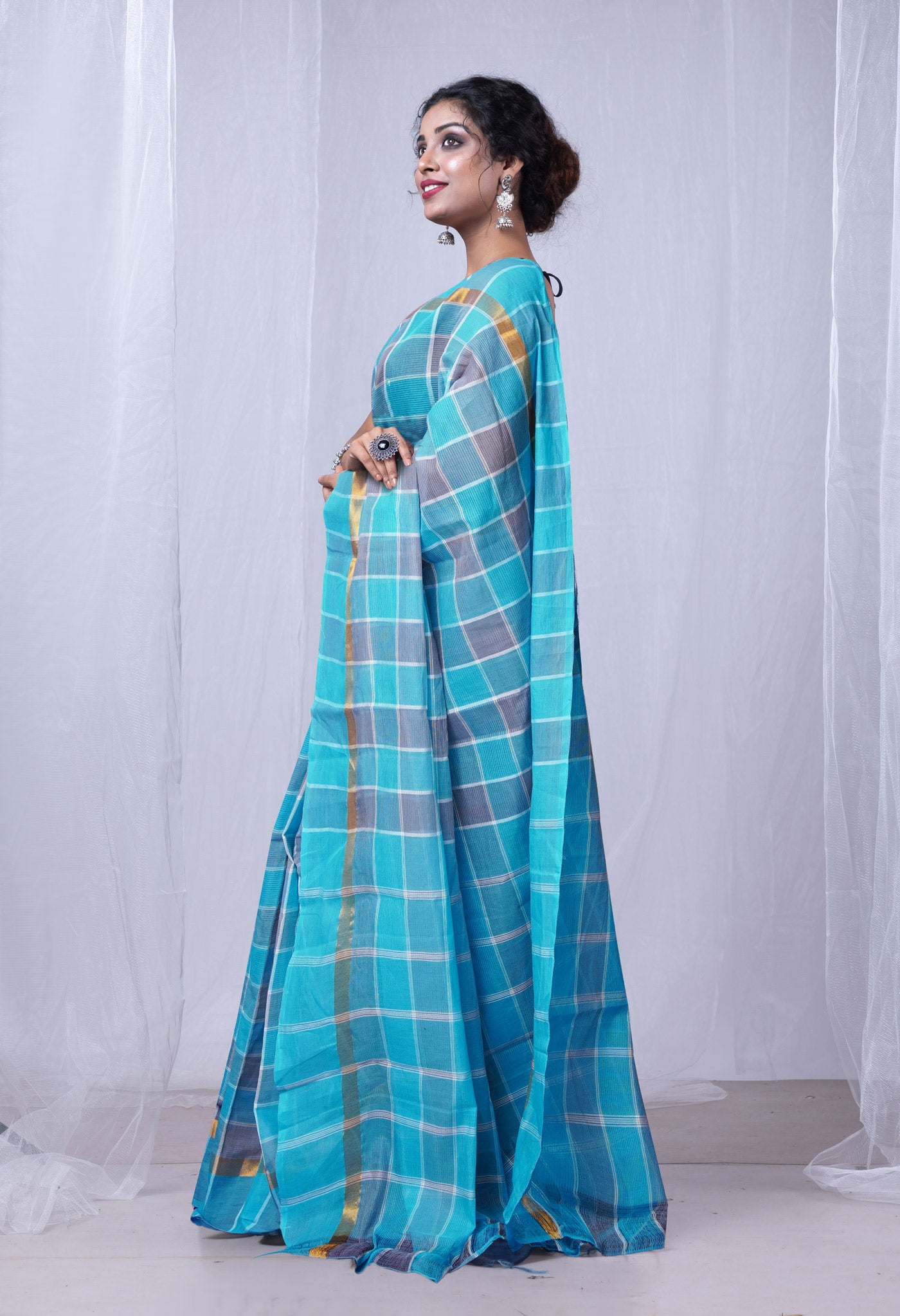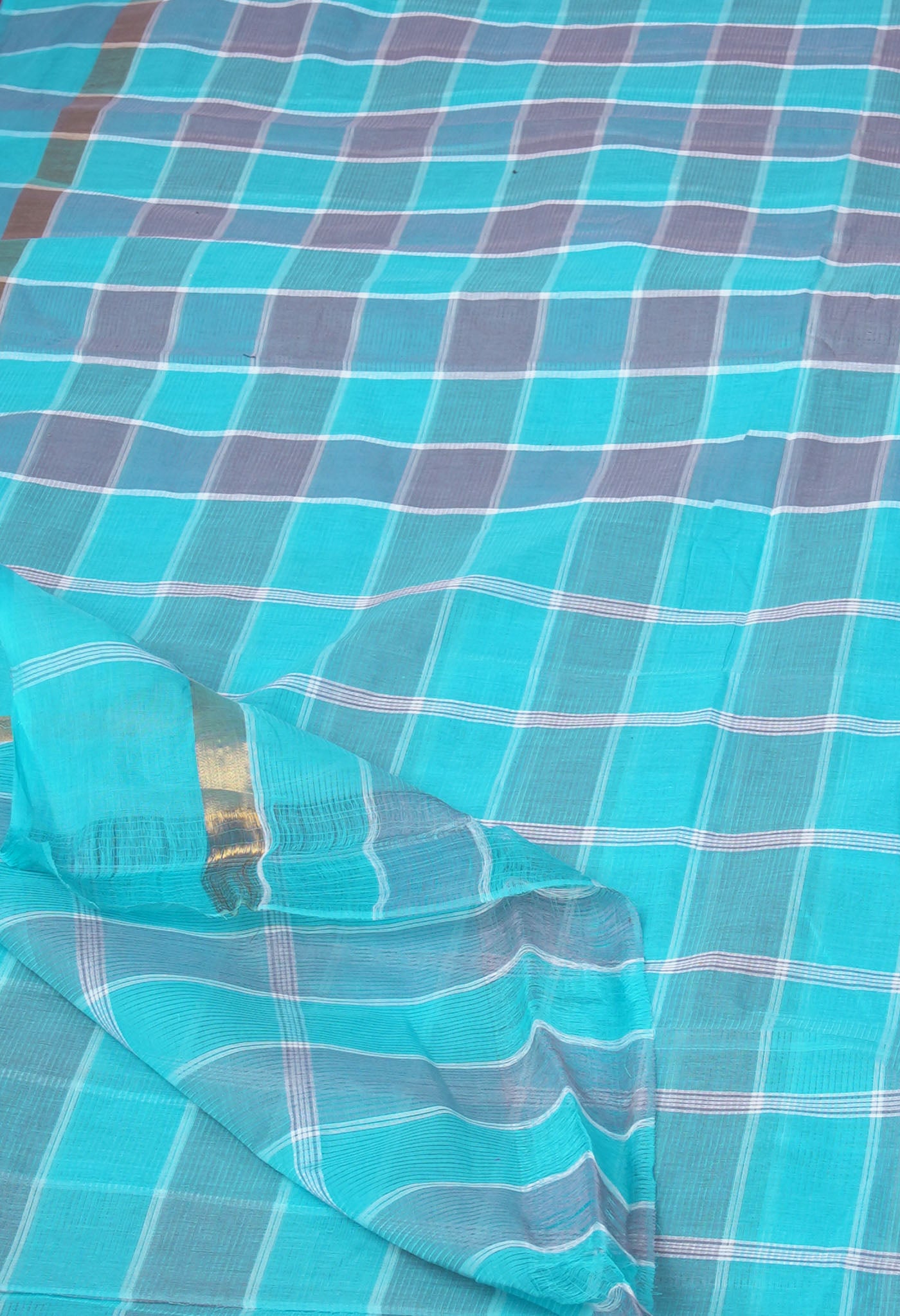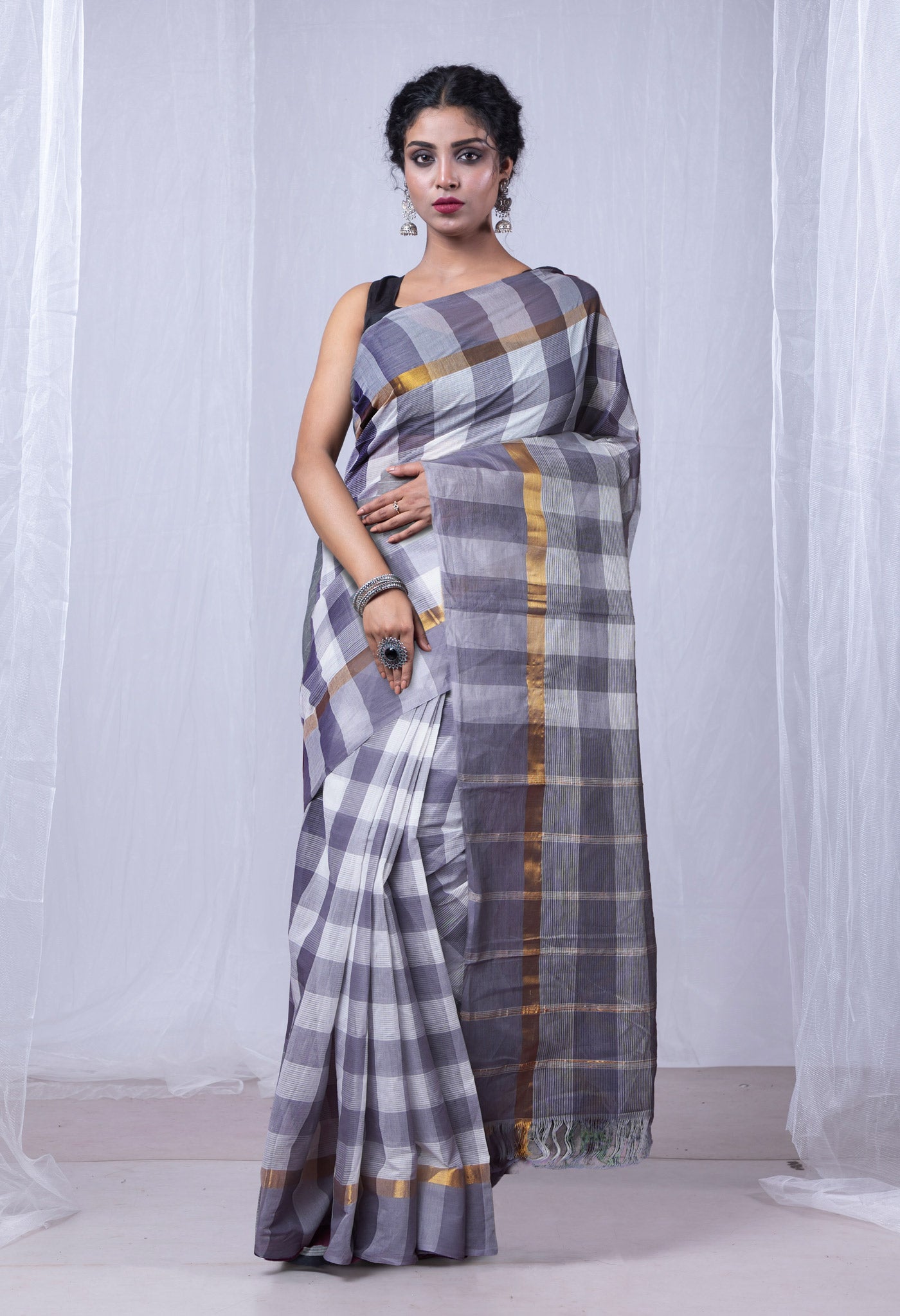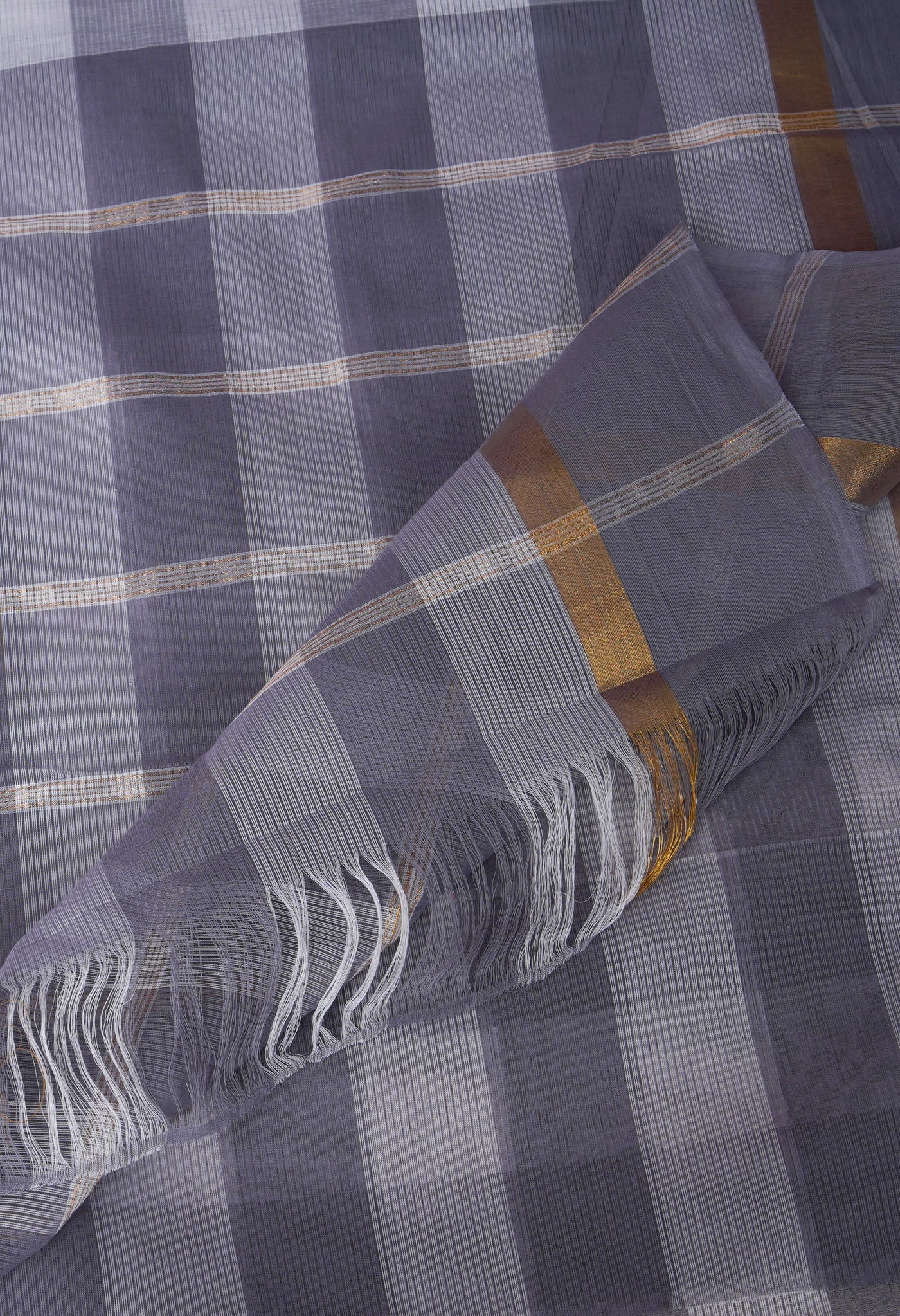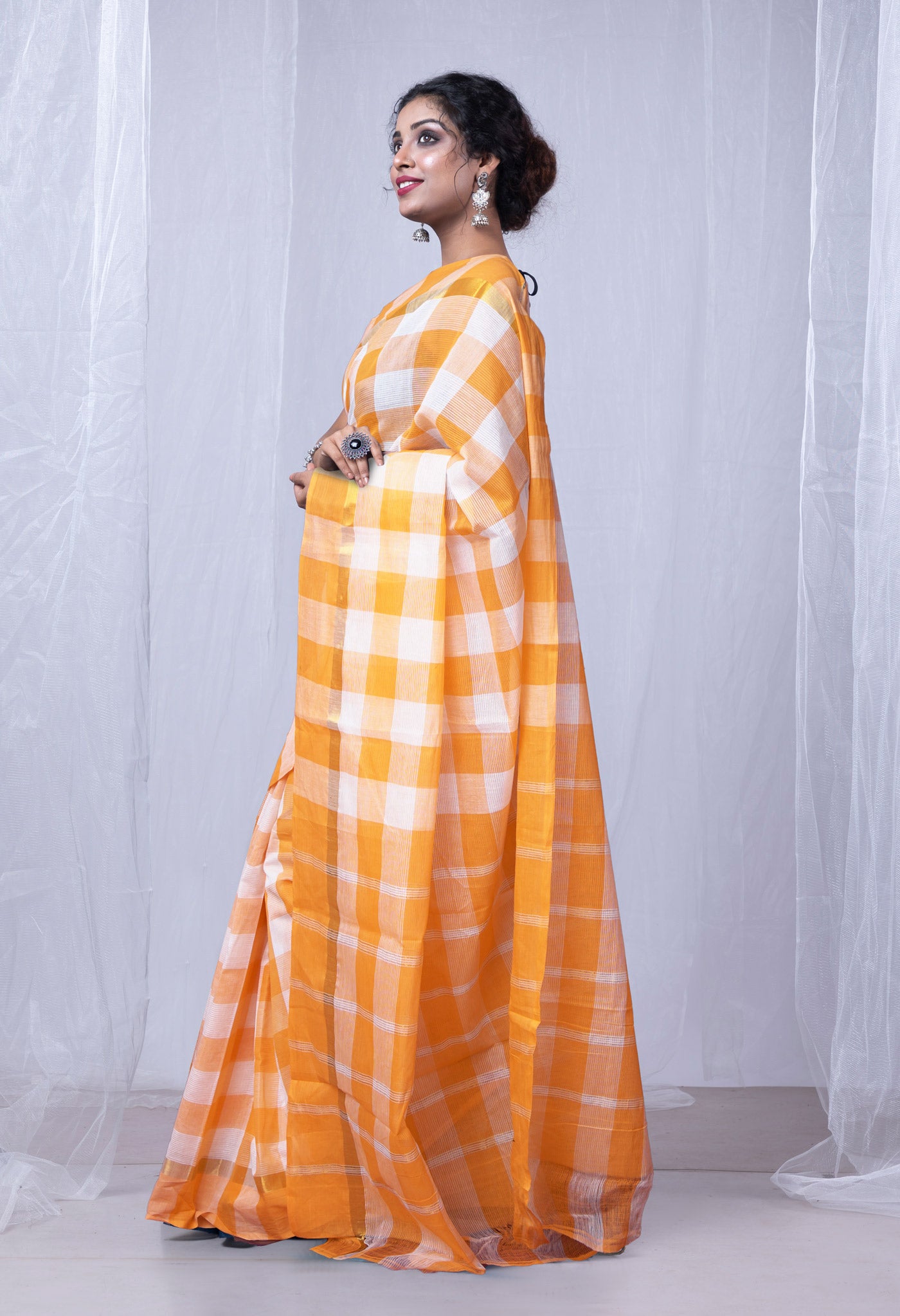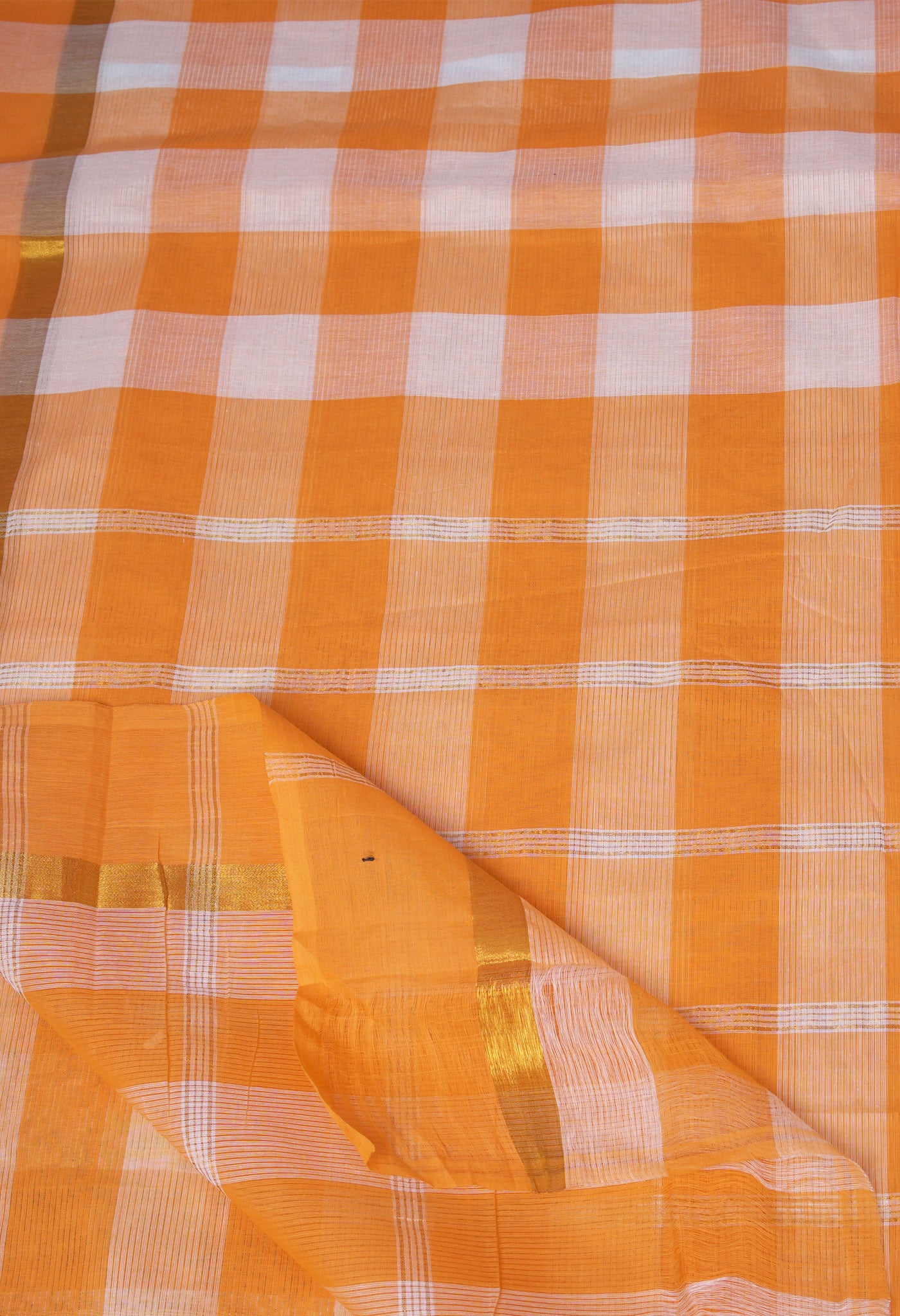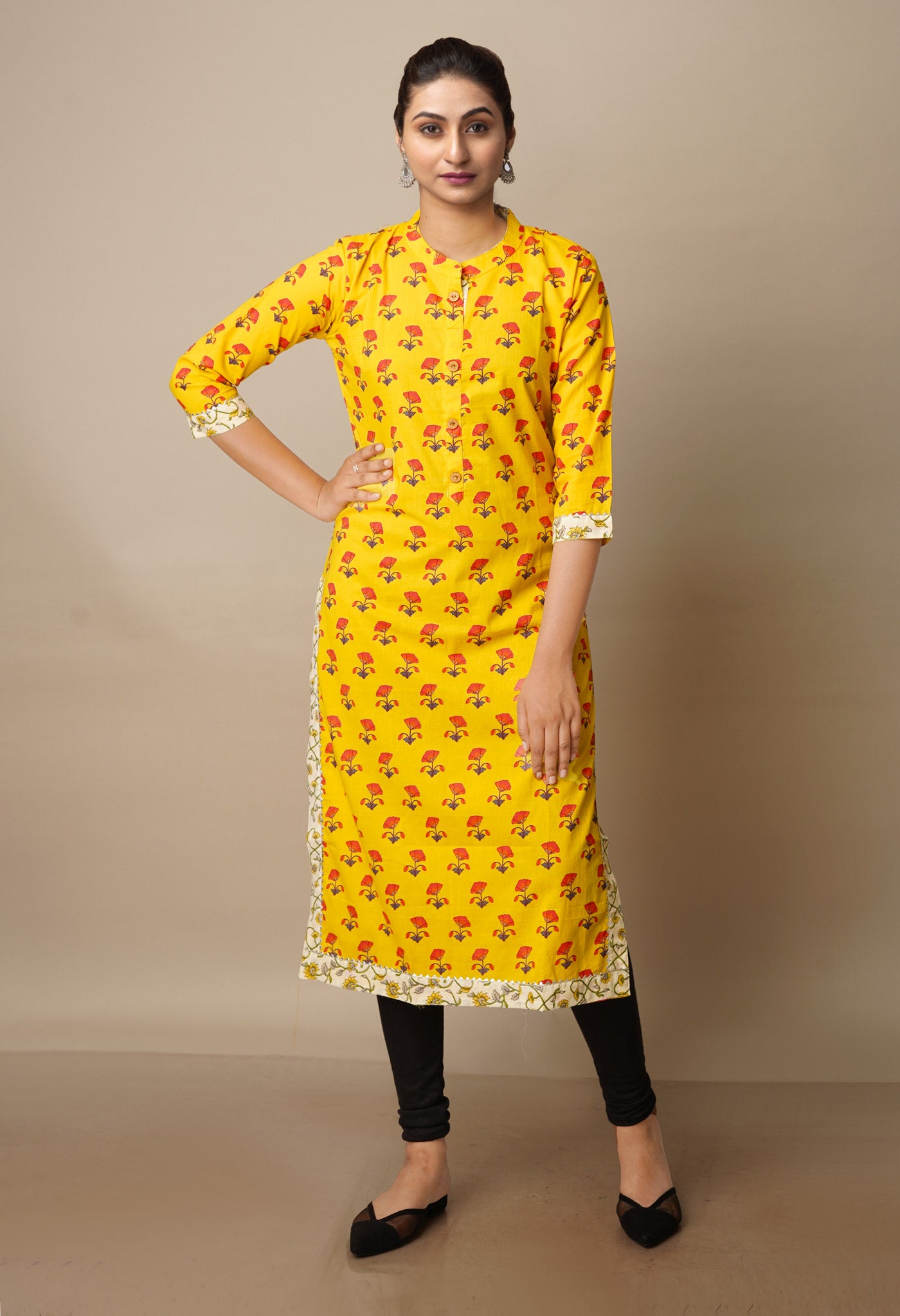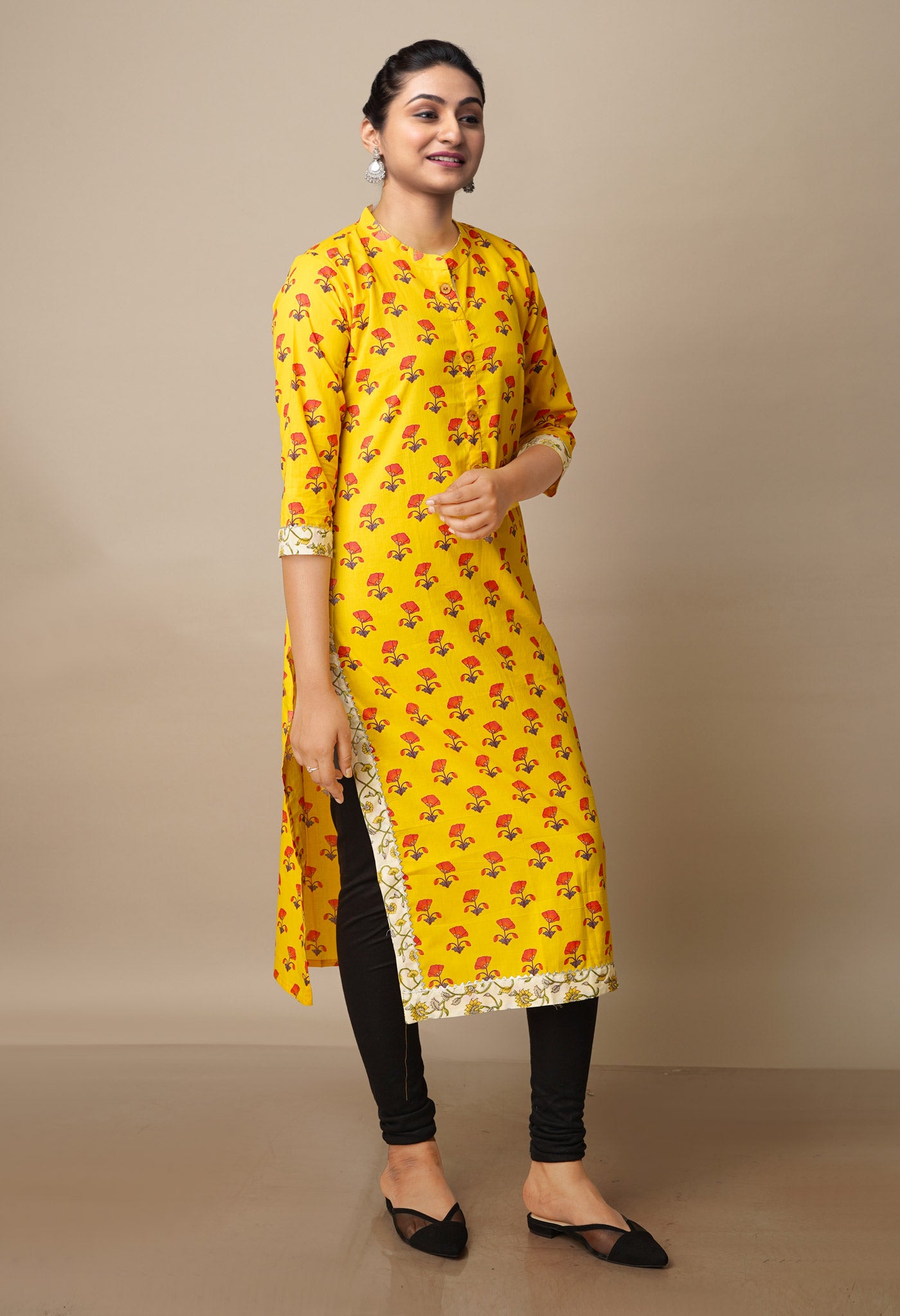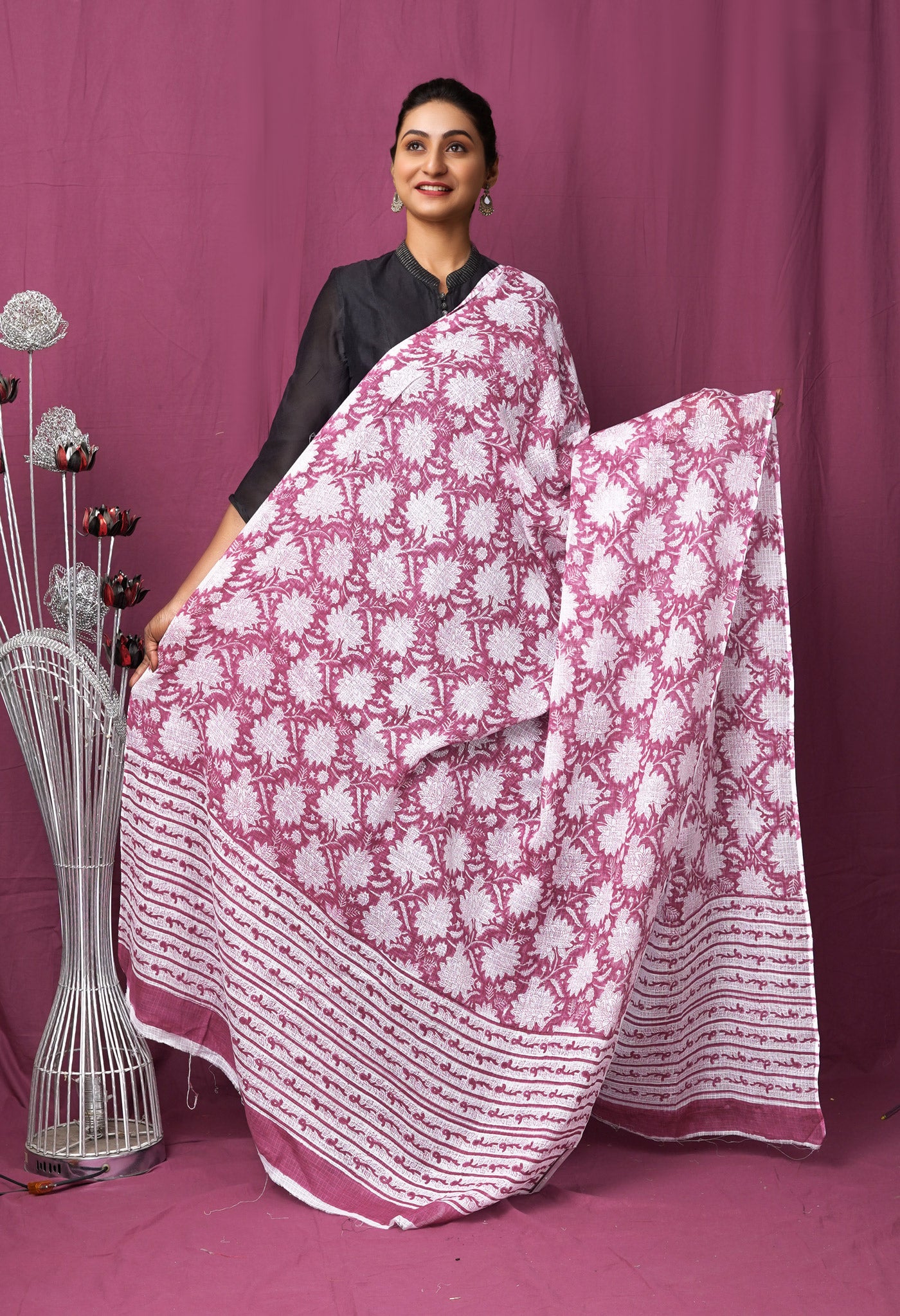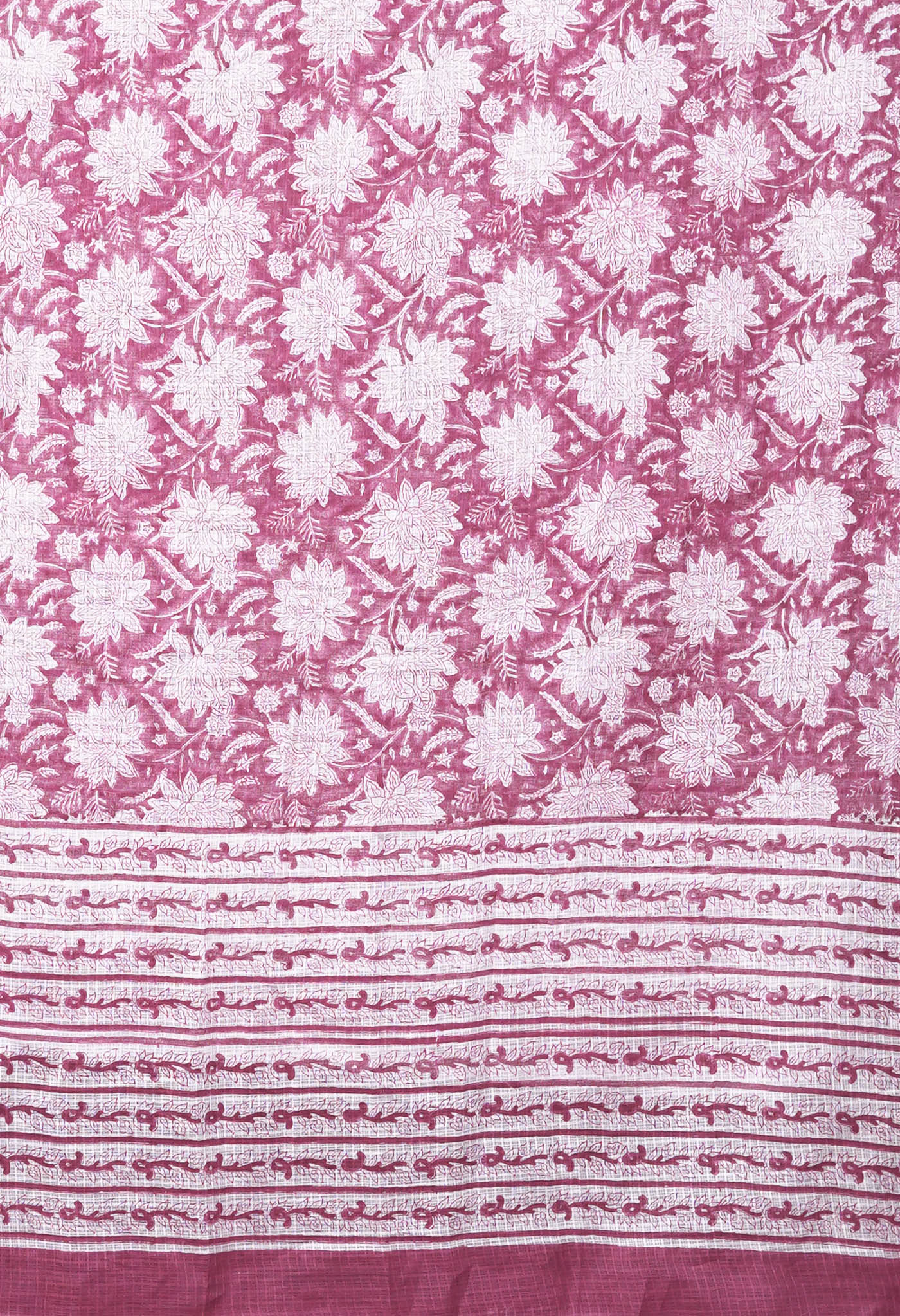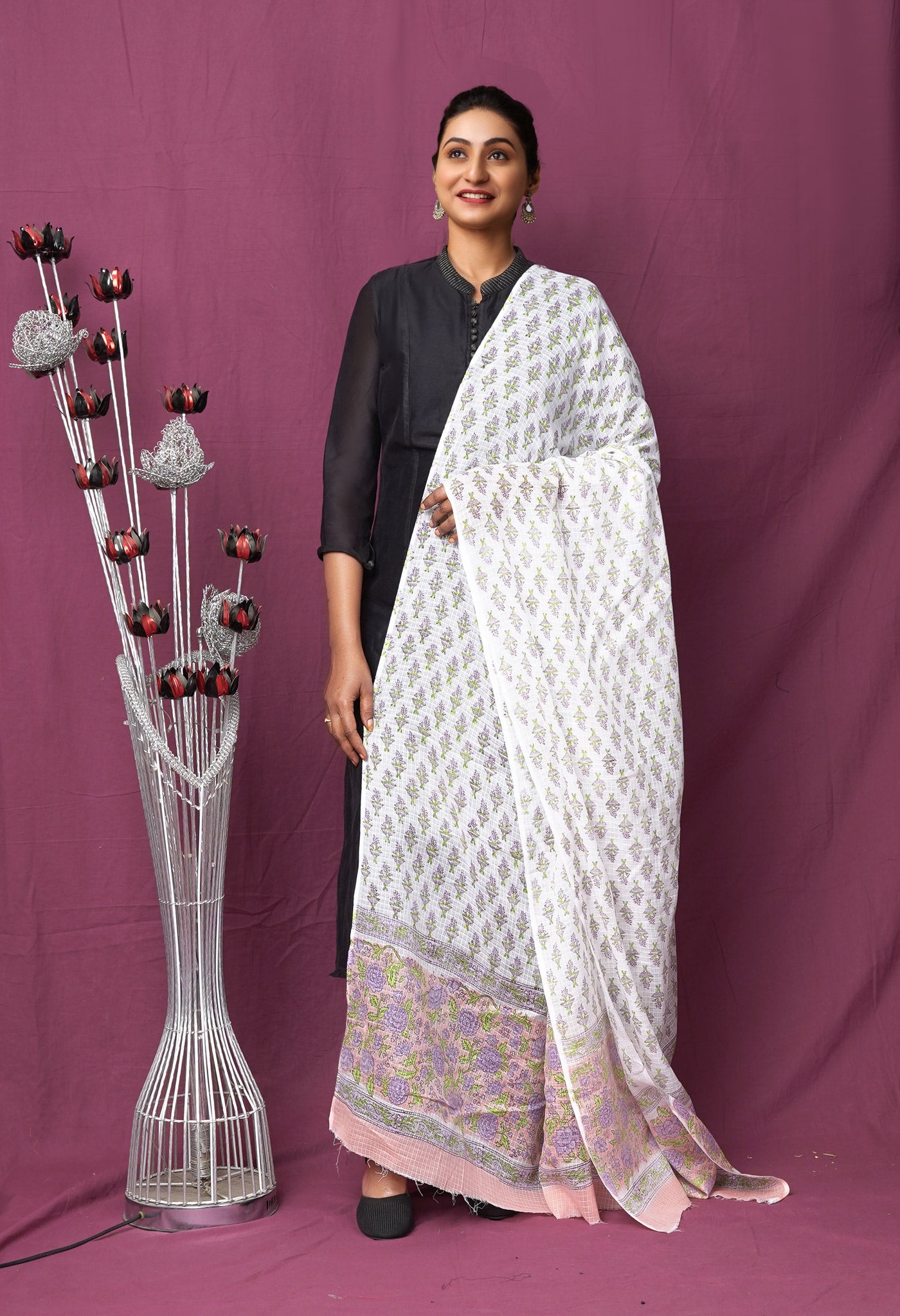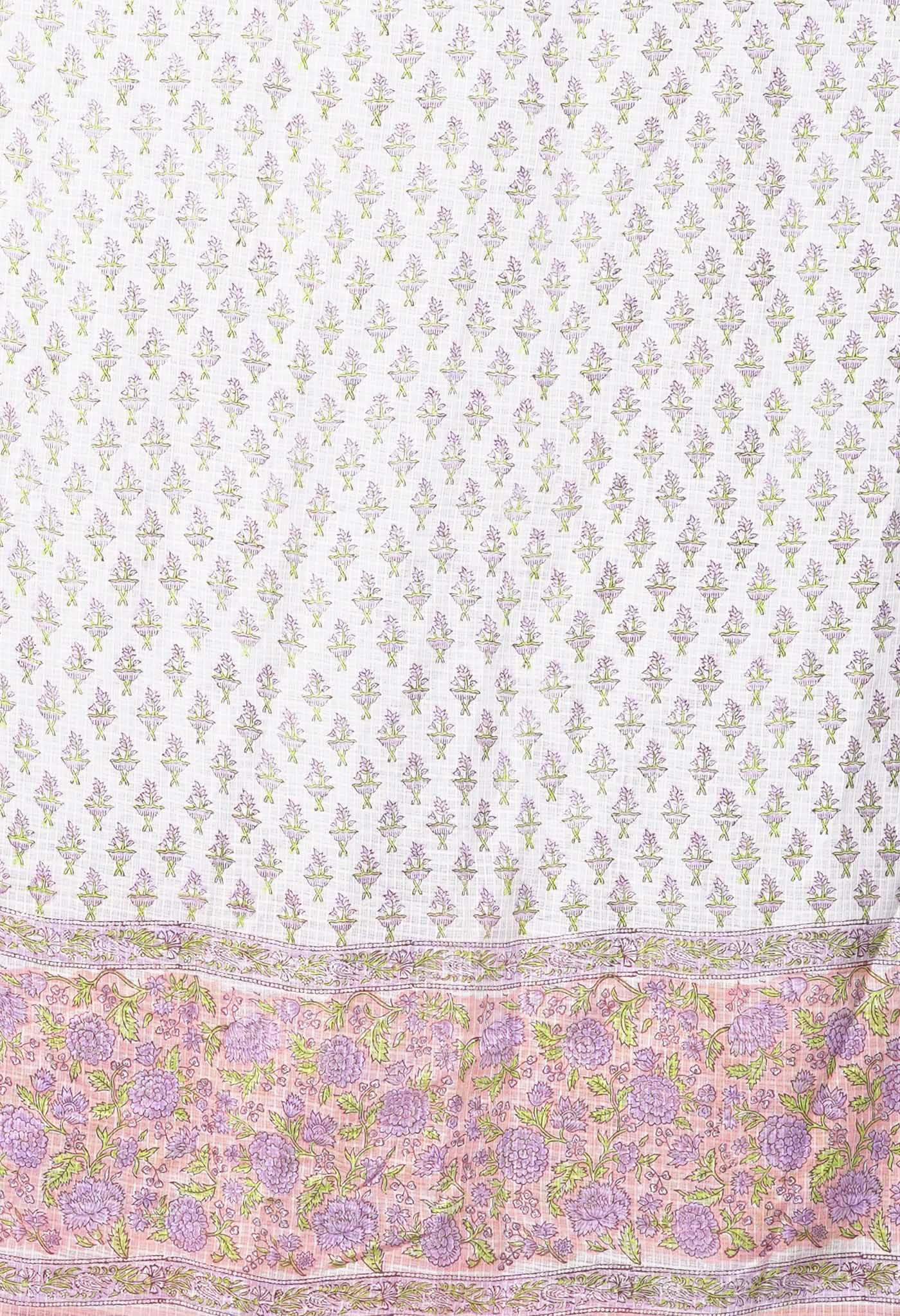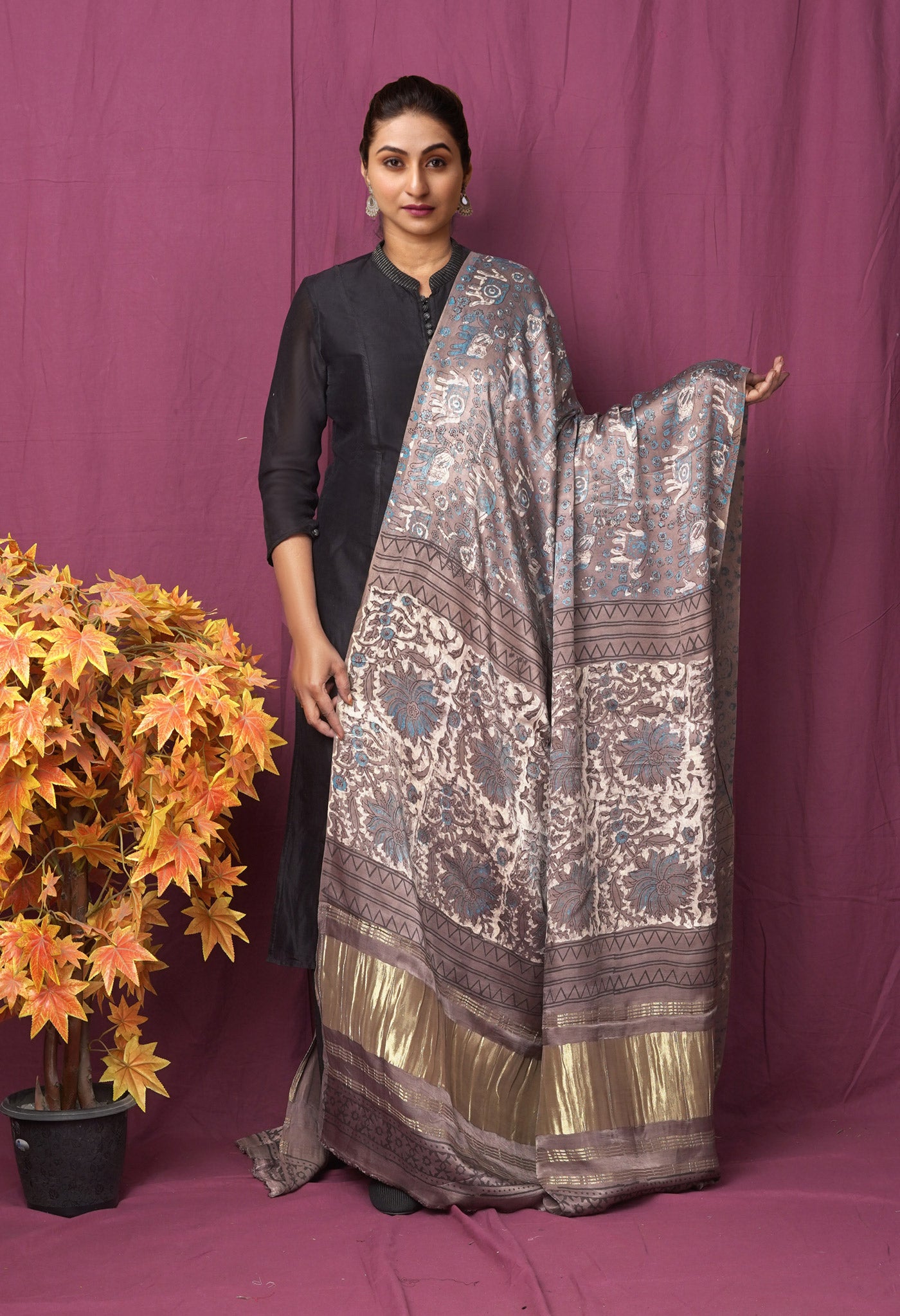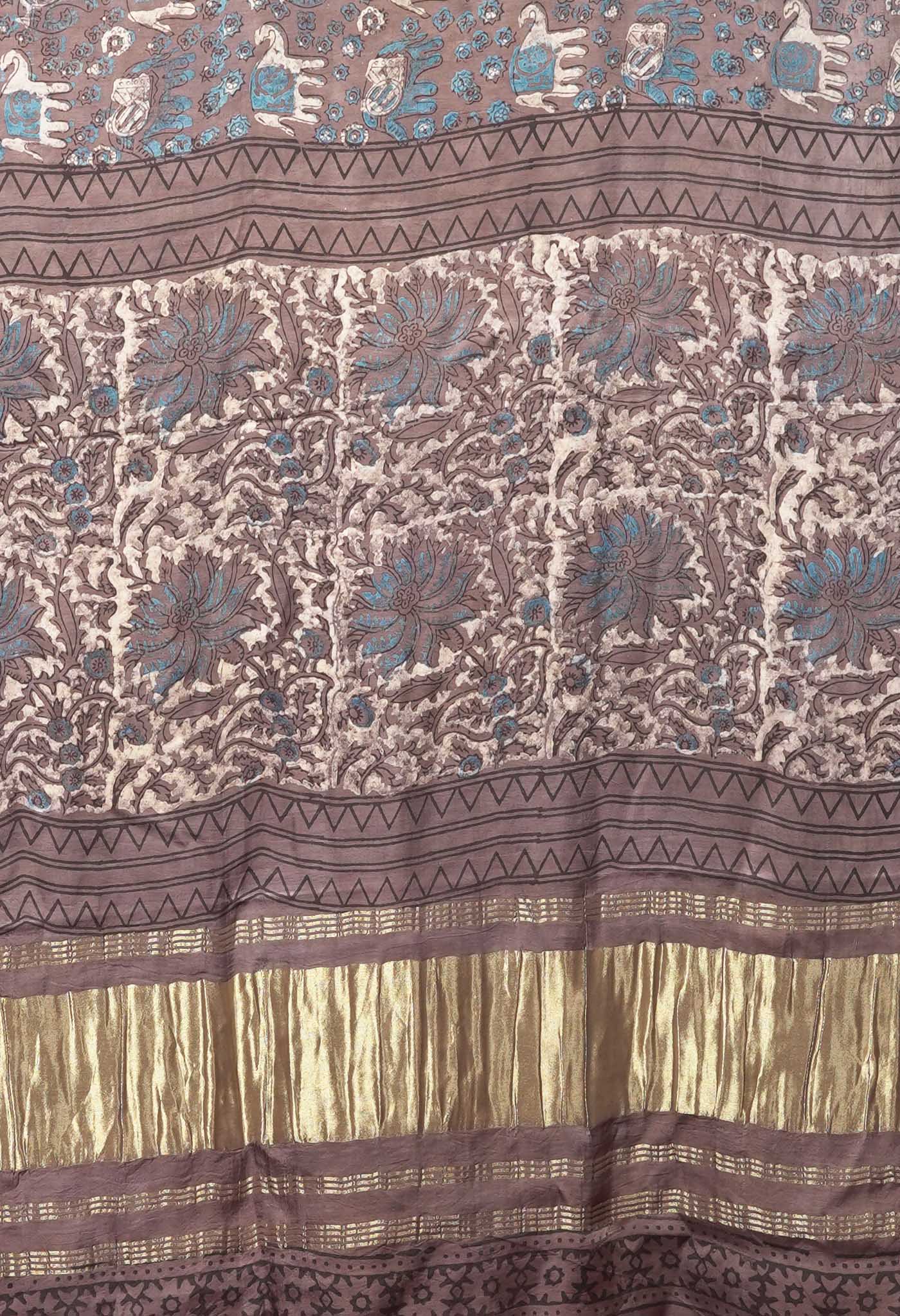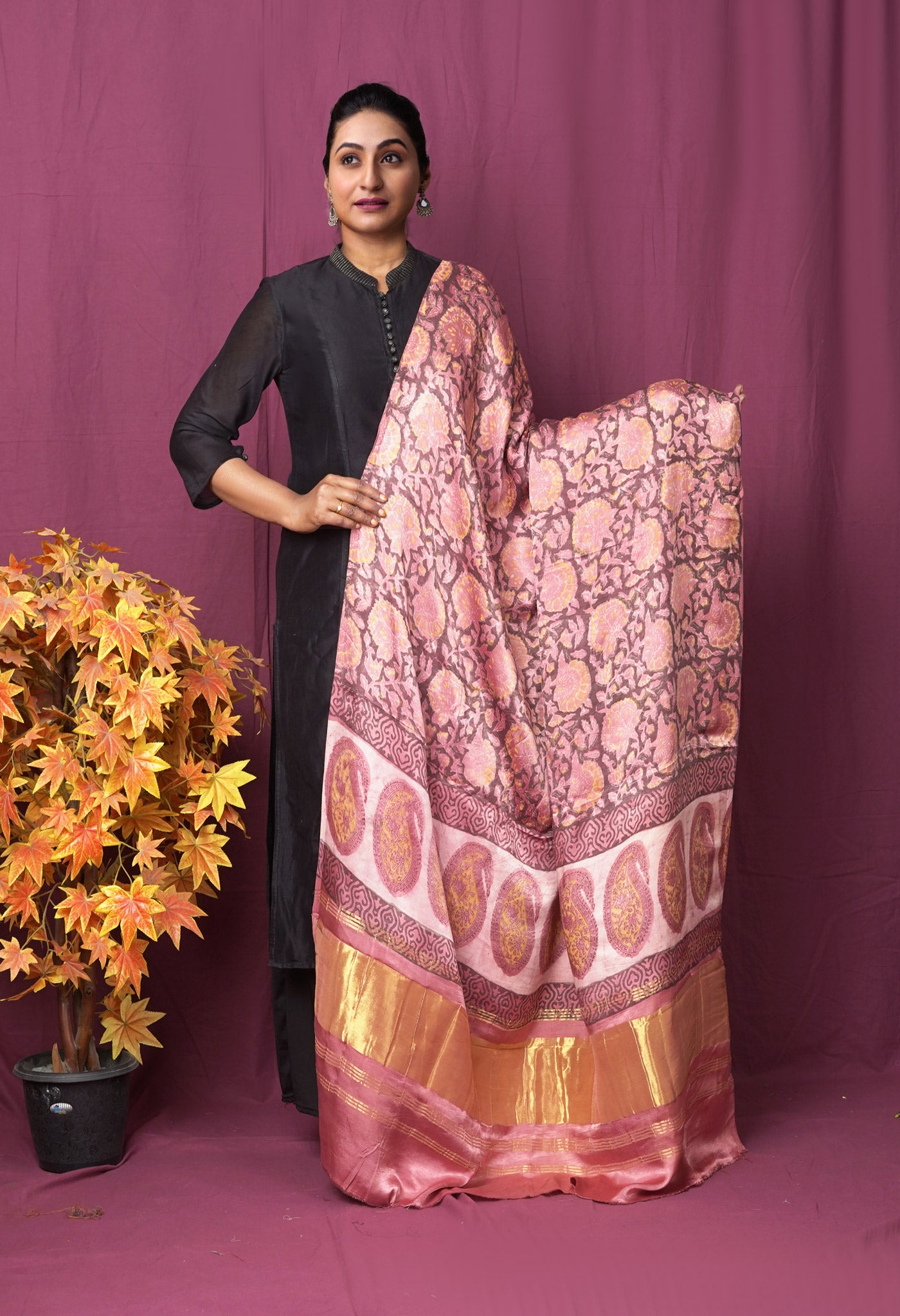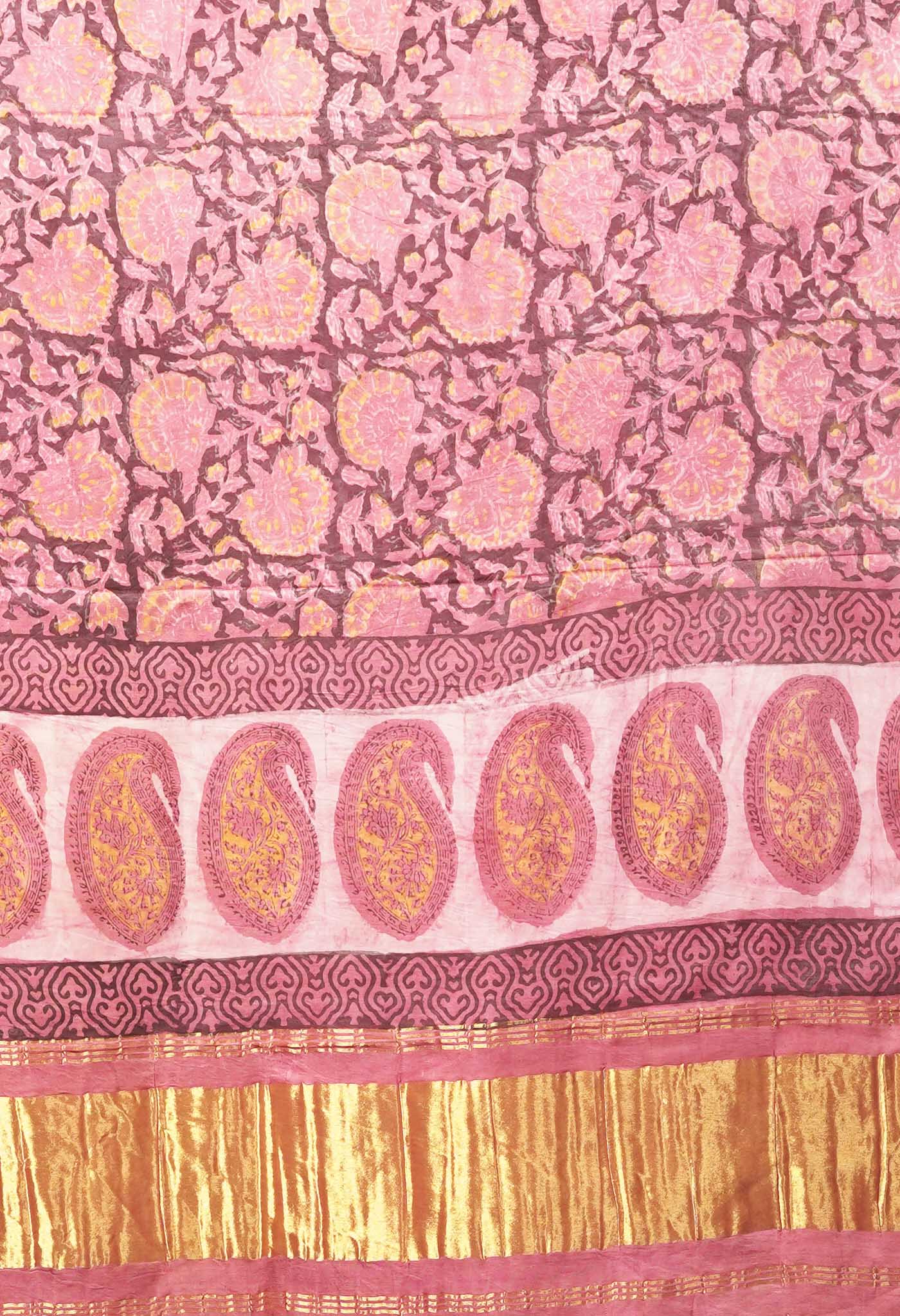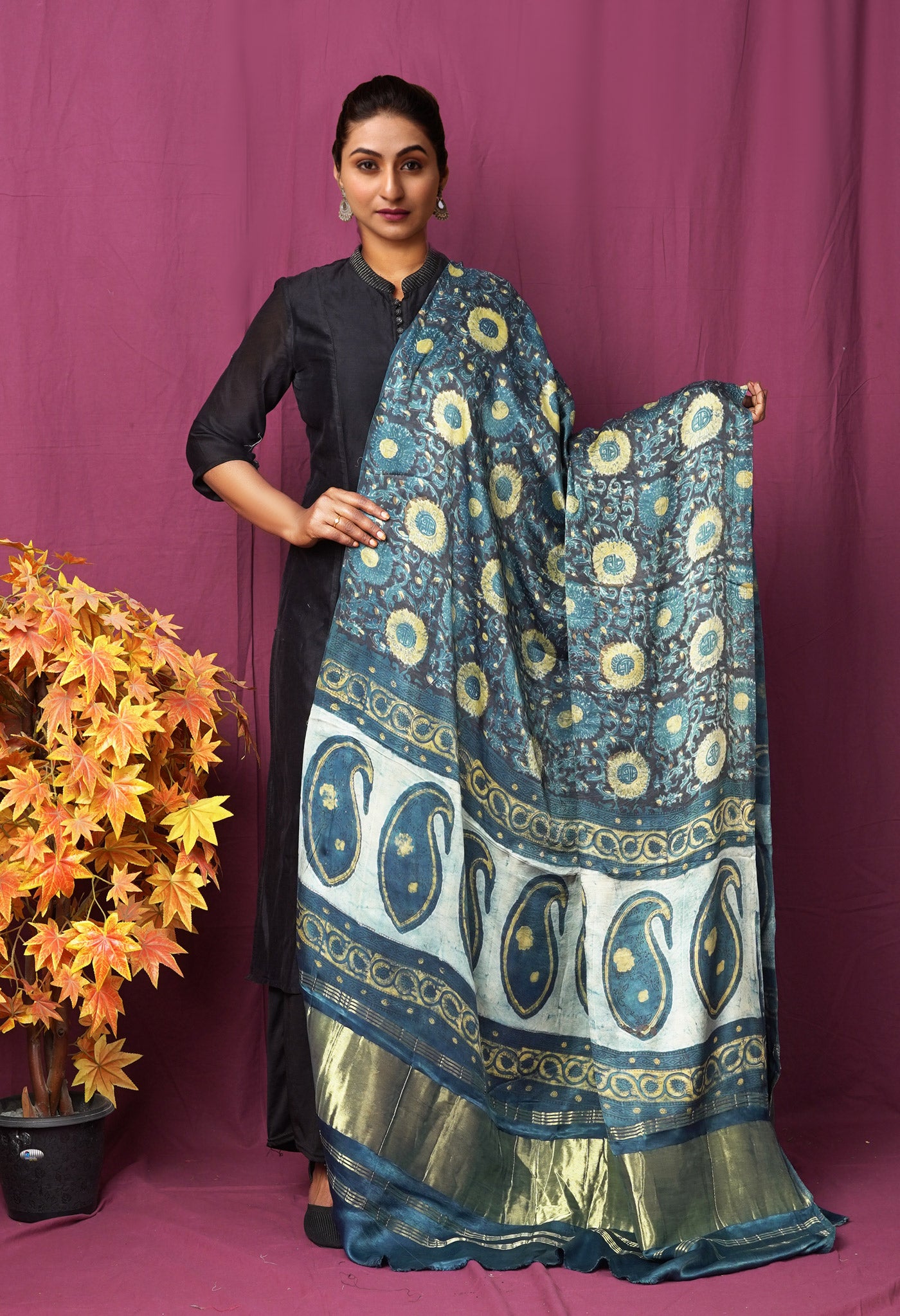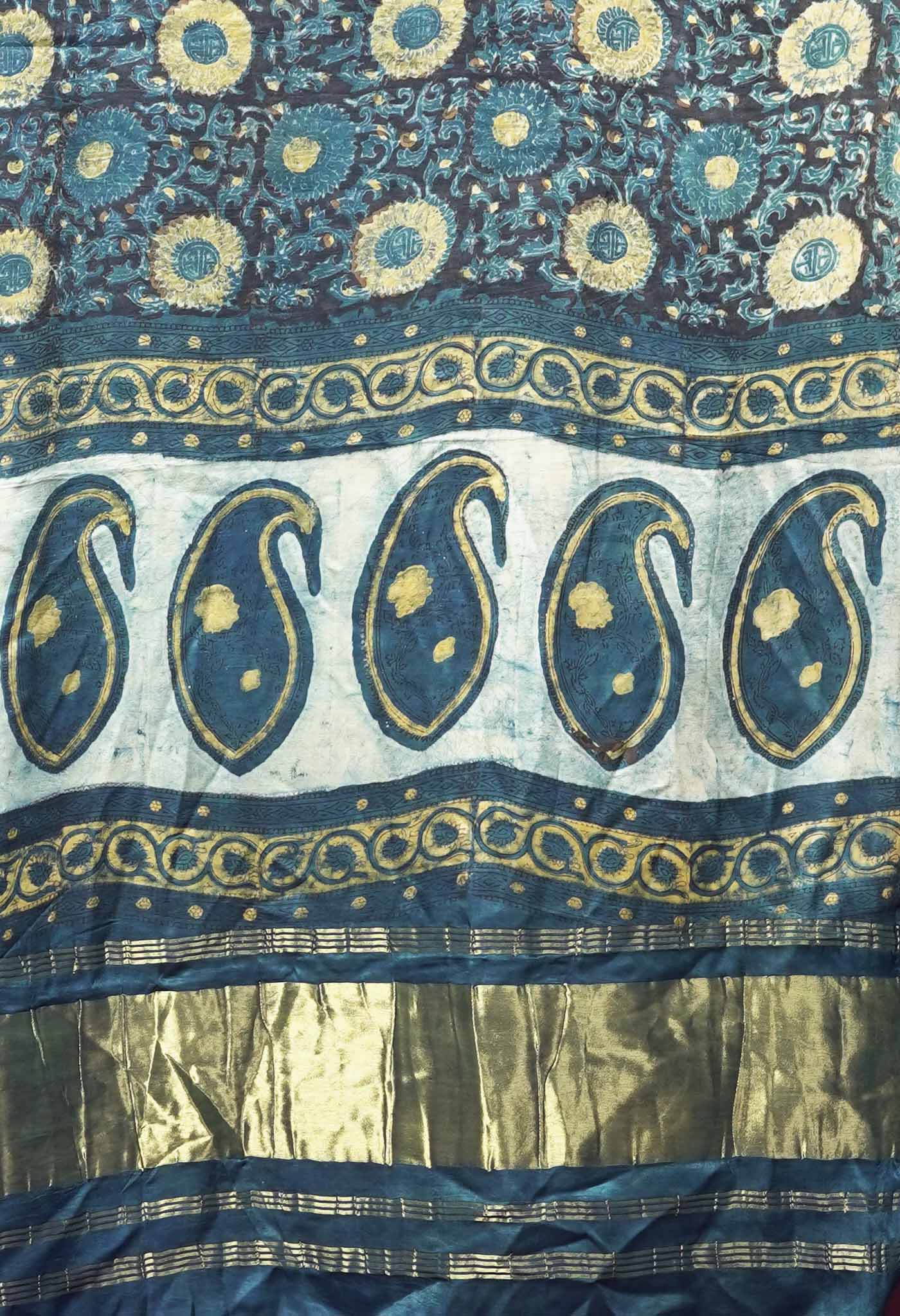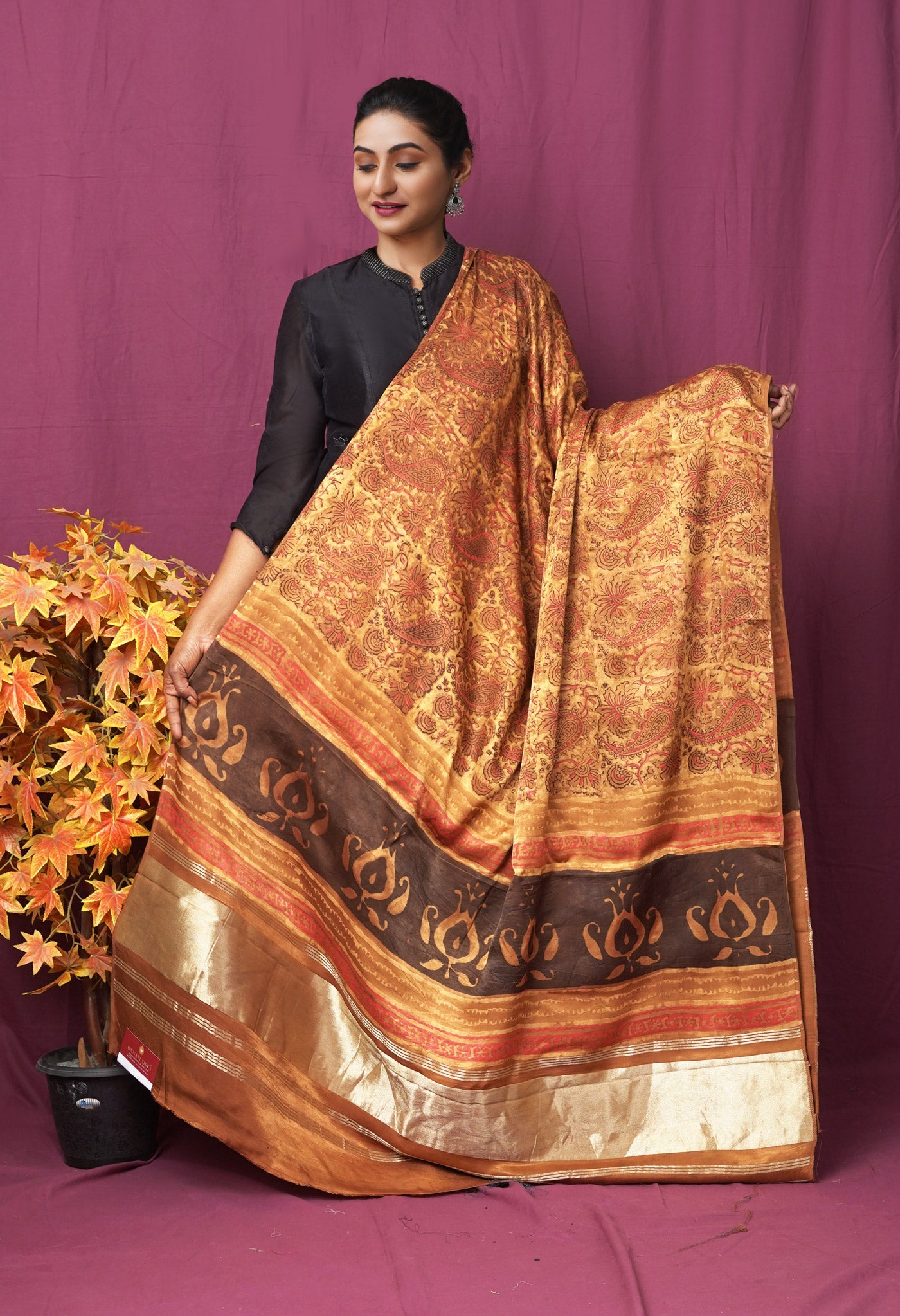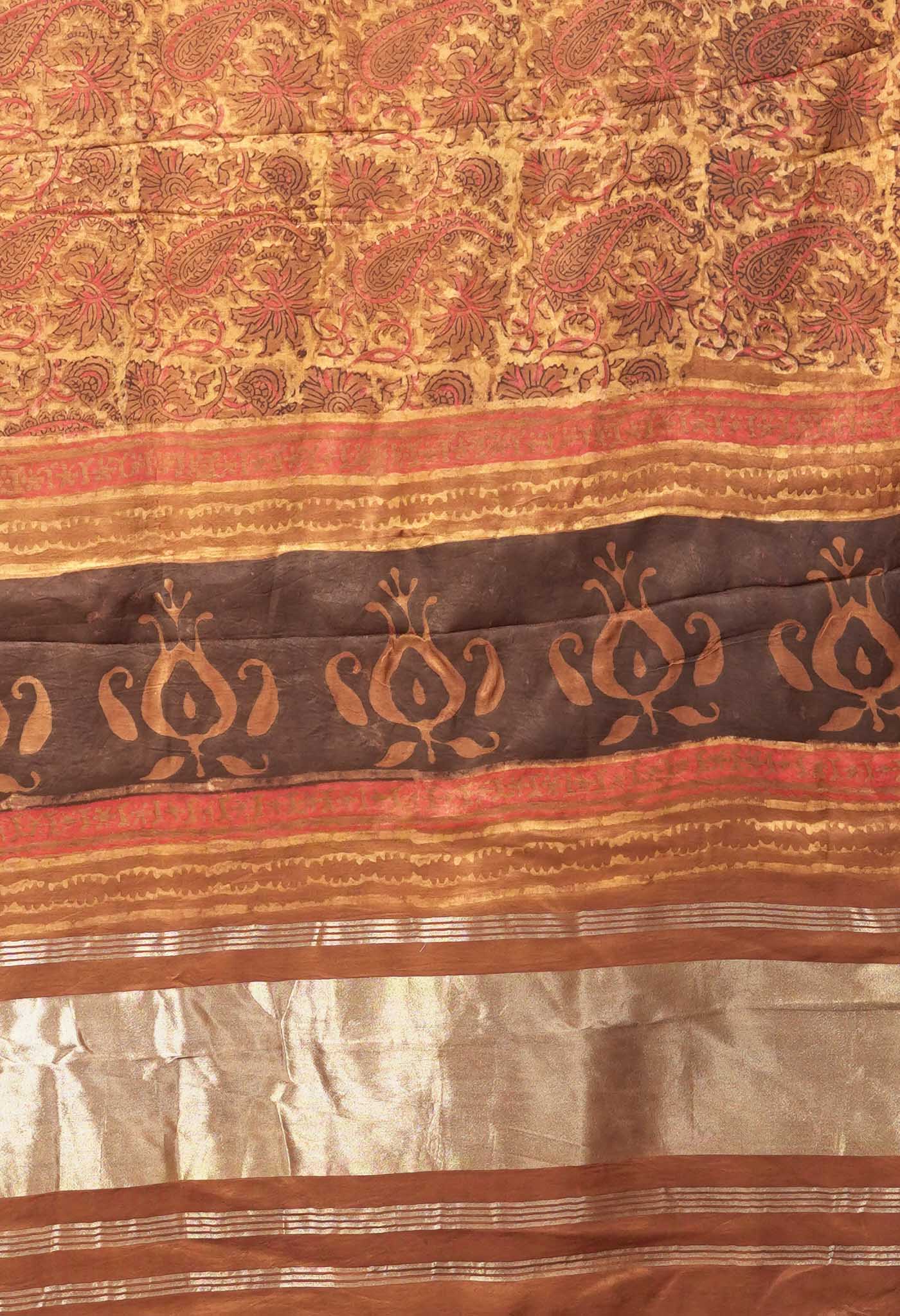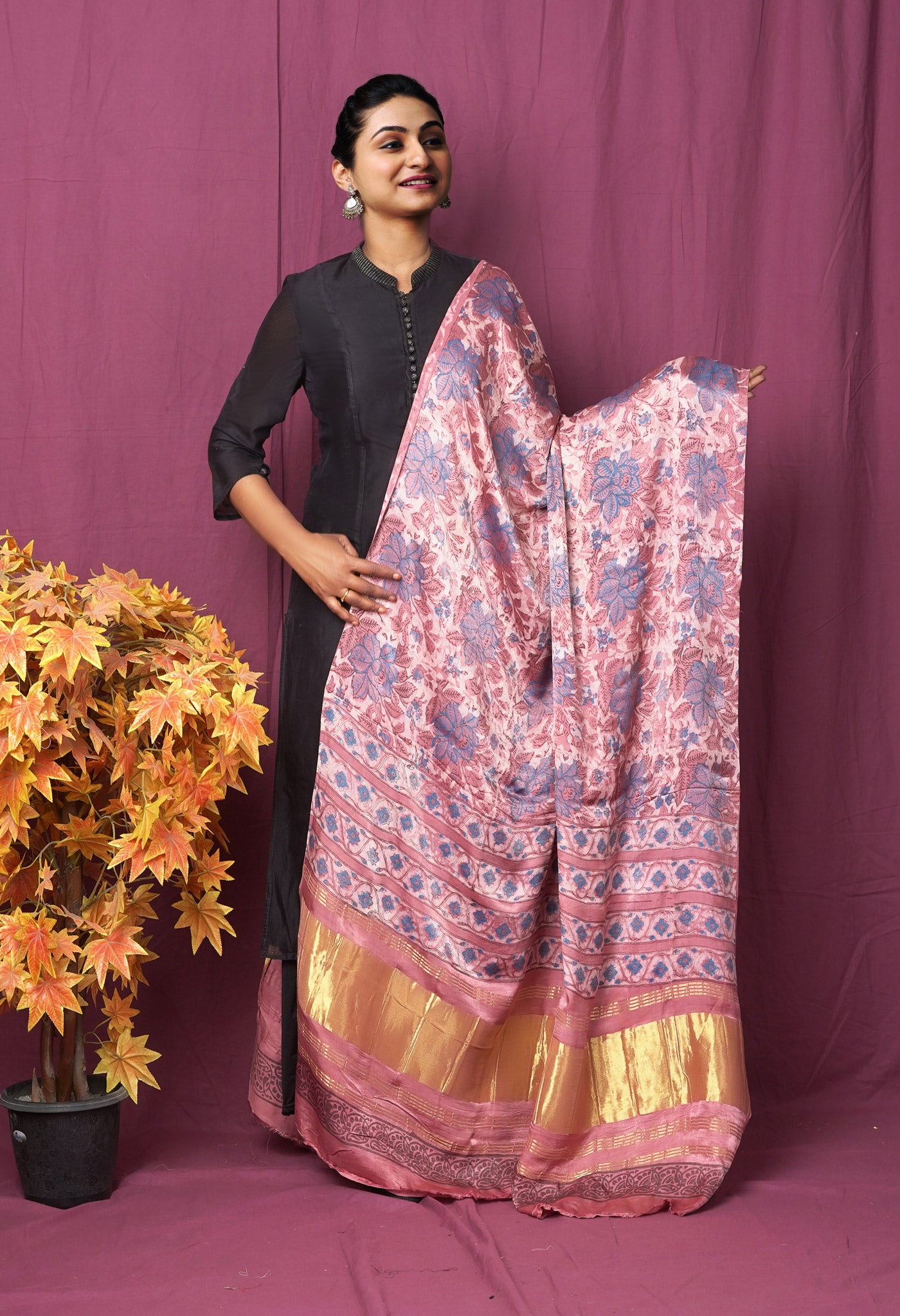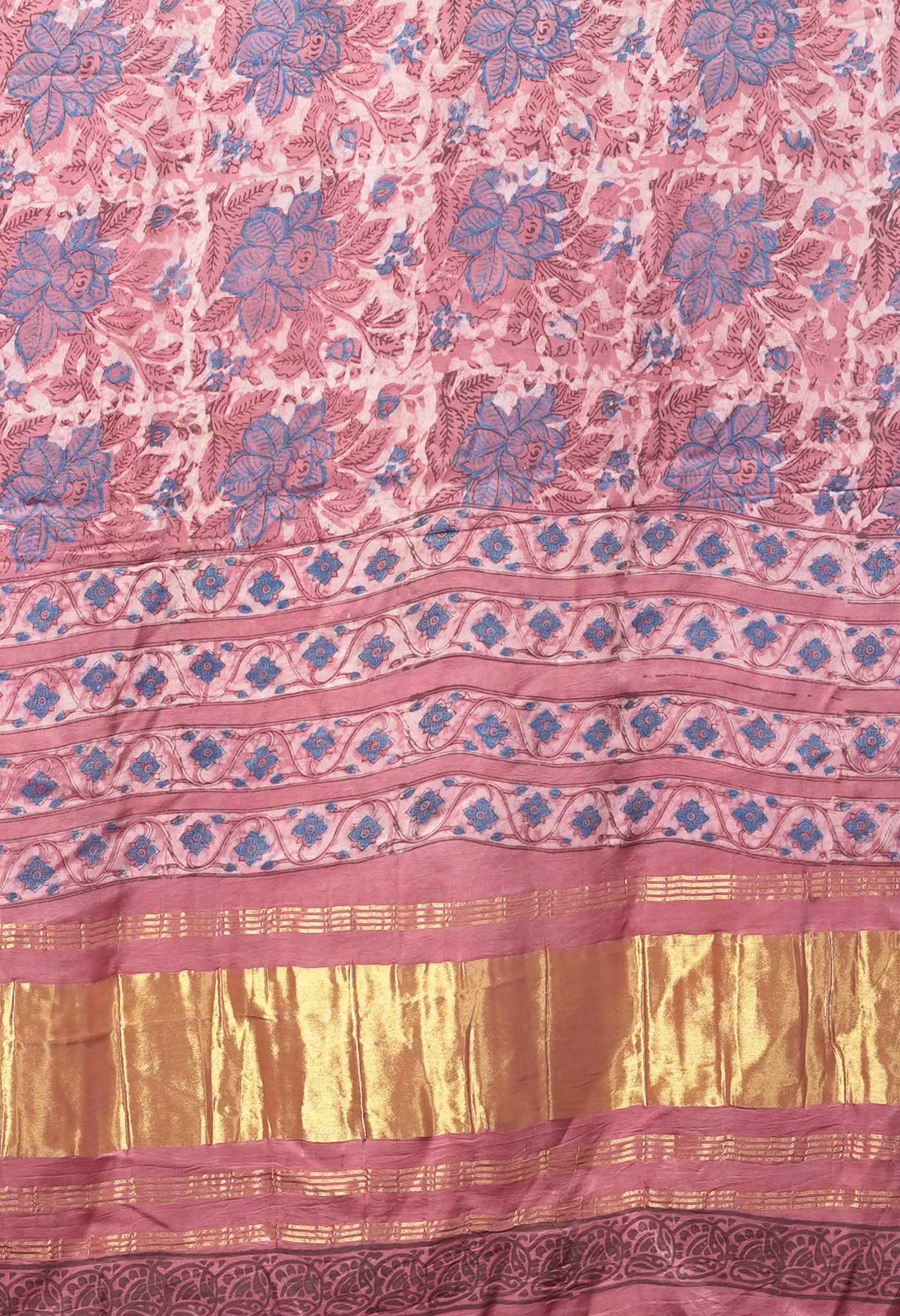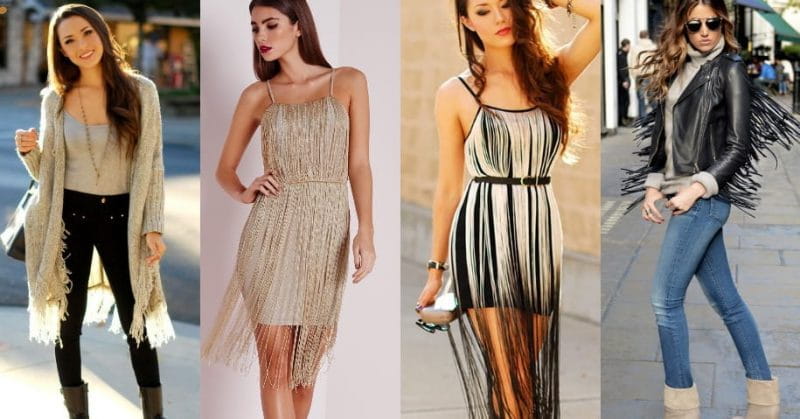
Fabric Trim – that little extra to your fabric that elevates the overall look
Gone are the days when a fabric was simply fashioned out clothing that had color and designs on it. You have additional accessories to beautify an existing arrangement on the fabric by their addition. They are Fabric Trims.
What then is a fabric trim? It is something meant to decorate, especially by adding a border, a contrasting element or some such to the fabric. In fact Fabric trims can be better defined as accents that add an extra finishing touch to your sewing. They turn your finished garments/accessories from ordinary to extraordinary.
Fabric trims could be simple. They could also be very ornate. Fabric trims could be decorating the pallu of sarees, the front or back of the saree blouse, the kameez, edges of your scarves or dupattas, veils, headbands, belts, hems of skirts and blouses, shrugs, tunics, and what not.
Let us check out some of the popular trims that we come across somewhere or the other in our daily routine.
1 Lace Trims
2 Ribbons
3 Braids
4 Fringe
5 Embroidered / beaded tape /gimp
6 Rope, Cords and strings
7 Piping
8 Fabric tubes
9 Pom Poms
Lace Trims

Lace is a delicate fabric featuring an open web like pattern. Elegant and feminine, it is mainly known as the fabric for wedding and evening dresses. Lace trims are also widely applied for dress finishing. This fabric type is generally all about a complex floral pattern. It is very fine and airy, which lets you combine lace with any lining and not bother about the weight of your dress. Moreover, lace doesn’t require any processing of edges, which simplifies your sewing. Laces can be made of Nylon, Rayon, Spandex, Cotton, Polyester, silk, and even elastic. Lace is one of the most beautiful and expensive of all fabrics.
Ribbons
 Ribbons are usually made of nylon and satin. They are used extensively as embellishments. Those made of nylon come in broader designs whereas satin ribbons are mostly narrow. Nowadays printed ribbons are also very popular.
Ribbons are usually made of nylon and satin. They are used extensively as embellishments. Those made of nylon come in broader designs whereas satin ribbons are mostly narrow. Nowadays printed ribbons are also very popular.
Ribbon embroidery is a decoration that is very popular and uses a thin satin ribbon. Nylon ribbons are also used for making artificial flowers.
In ribbon embroidery ribbon replaces embroidery thread to make beautiful floral designs – french knots, leaves, buds and flowers like daisies. Ribbon roses and bows are used to decorate clothes and accesories like hats and purses.
There are different types of ribbons
The ones that are usually found on Indian fabrics are:
- Satin ribbons - soft and pliable silk, cotton or nylon ribbons with a very shiny surface. Sometimes the shiny surface is only on one side and sometimes on both sides. The one sided satin has a matt side on the back. You will choose the double sided ribbon when you have a project in which both the sides will be visible like a sash.The satin ribbons are readily available in varying widths like all ribbons and in solid colours or printed. These are inexpensive ribbons and used for all purposes
- Taffeta ribbons - Woven ribbon which is made of lightweight and translucent silk, rayon or polyester; most of them are wired. Even without wire they have crispiness which makes them hold their shape somewhat .Silk taffeta ribbons are the most pretty but not easily available. Rayon taffeta ribbons are also very pretty
- Picot Edge ribbons - These ribbons have fine decorative loops called picots on either edge; Usually it is satin ribbon /grosgrain ribbons with fine loops along the edges.
- Grosgrain ribbons - These are very sturdy durable and supple ribbons with a matt surface / coarse texture. They have distinctive crosswise ridges on the surface
- Twill ribbons - These are cotton/polyester woven ribbons
- Brocade ribbons - These are ribbons with designs woven into it. They have a right and wrong side and the intricate designs on the ribbon makes it very suitable for elaborate projects especially home decor. Earlier this ribbon was painstakingly handmade on a loom but nowadays it is made on special machines
- Sheer & shimmery ribbons - These are sheer translucent ribbons in Chiffon, Organdy or Organza, which are lightweight and feature an open weave
- Tulle ribbons - These are mesh ribbons
- Velvet / chenille ribbons - These are ribbons with a cut pile on the surface(just like the fabrics – velvet and chenille). Velvet ribbons have a pile throughout and chenille ribbons have pile tufts
- Silk ribbons - These are soft and smooth ribbons and the ultimate in beauty. Hand-dyed silk ribbons in variegated and edge dyed looks are splendid. It is mostly used in silk ribbon embroidery
- Metallic ribbons - These are ribbons made of metallic threads. Some are made entirely of golden threads some are mixed with other fibers
- Zari ribbon - This is a ribbon in which zari thread ( metallic thread) is woven in beautiful patterns. They are available in golden and silver colors
Braids
 A braid is a narrow ornamental tape of woven silk, wool, etc. which is used to decorate fabric among others.
A braid is a narrow ornamental tape of woven silk, wool, etc. which is used to decorate fabric among others.
Braids are plaited silver or metallic or cotton threads There are many types of braids
- narrow rounded braid with center sewing ditch, which is mostly used for draw strings, button loops, lacing;
- then there is a narrow flat braid;
- then there are cotton loop braids which are novelty decorative edging
Fringe
 A Fringe is a decorative border or edging of hanging threads, cords, or strips, often attached to a separate band. These consists of a header and long threads hanging from it which are in a uniform pattern. They are usually made of cotton, satin wool and even leather.
A Fringe is a decorative border or edging of hanging threads, cords, or strips, often attached to a separate band. These consists of a header and long threads hanging from it which are in a uniform pattern. They are usually made of cotton, satin wool and even leather.
Embroidered / beaded tape /gimp
 This is a tape with embroidery weaved in it or decorated with sequins and beads and sequins. This can be made of silk, cotton, nylon and satin. You usually see floral and geometrical embroidery in these tapes.
This is a tape with embroidery weaved in it or decorated with sequins and beads and sequins. This can be made of silk, cotton, nylon and satin. You usually see floral and geometrical embroidery in these tapes.
Gimp is a decorative trim with metallic wire or coarse cord making designs on a flat tape.
Rope, Cords and strings
 Thin strands of fibers twisted together used extensively as an embellishment are trims usually used in home décor and also used in garments.
Thin strands of fibers twisted together used extensively as an embellishment are trims usually used in home décor and also used in garments.
In sewing, cord is a trimming made by twisting or plying two or more strands of yarn together. You get a cotton cord which is used as a filler inside the piping. There are cords made of polyester /nylon yarn. There are cords with an extra edge so that you can attach them to the fabric. Cords have different applications in sewing – they can be used as drawstrings, straps, piping, ties.
Satin cords are used as fabric trims for bridal veils, to make necklaces etc. Satin cords are very shiny on the surface. Nylon satin cords and rayon satin cords are very popular. Leather cords, metallic cords are also available.
Piping
 In sewing, piping is a type of trim, or embellishment. It is made from a strip of fabric that is folded in half over a piece of piping cord then sewn down the edge. It can then be added to seams of cushions, garments, upholstery pieces to act as decoration, or to define edges. Piping can add those finishing touches to your piece of sewing. The small strip of fabric used in the piping is usually cut on the bias. Cutting fabric on the bias is done as the fabric becomes easier to bend around corners avoiding puckering of the fabric.
In sewing, piping is a type of trim, or embellishment. It is made from a strip of fabric that is folded in half over a piece of piping cord then sewn down the edge. It can then be added to seams of cushions, garments, upholstery pieces to act as decoration, or to define edges. Piping can add those finishing touches to your piece of sewing. The small strip of fabric used in the piping is usually cut on the bias. Cutting fabric on the bias is done as the fabric becomes easier to bend around corners avoiding puckering of the fabric.
To understand the bias, firstly you need to understand some of the other dressmaking terms,
Selvedge- The selvedge is along the side of the fabric. When buying fabric from a roll or a bolt you will have two sides of the fabric with raw edges and two sides with a selvedge. The selvedge stops the fabric from fraying or unraveling. Some manufacturers also print onto the selvedge.
The Grain- The fabric grain is the direction that the fabric is knitted or woven together.
The Bias- The bias is a diagonal direction across the grain of the fabric. When cutting and laying out a pattern it is diagonal to the grain. This technique is used when making bias binding.
Piping looks very striking when a contrasting colored fabric is used. They are used on arm syces, necklines and hems with beautiful effect.
Fabric Tubes
Fabric tubes are made out of bias cut fabric strips. You can make them by including cording inside or without the cording.
Fabric Tubes are used to make button loops.
- They are used as drawstrings in the back and front of tops and blouses.
- Fabric tubes make great spaghetti straps
- They are used for lacing
- They can be used for couching embroidery and other embellishments on the fabric surface.
It is better that you choose a light weight cloth to make these tubes, like chiffon, thin cotton, thin knit fabrics. Heavy Cotton or heavy synthetic materials are best avoided.
How do you make a fabric tube?
Cut out fabric of width of about 1.5 inches. You need preferably the longest bias strip you can make, without joints. If you do not have enough fabric to make very long strips, you will have to join several bias strips together. Join them diagonally. Cut off the extra seam allowance and press the remaining seam allowance open.
Tassels
 A bell shaped trim made by tying a number of yarns together tassels can be used individually as a trim or added to a long tape in a row for attaching to long edges. Tassels are attached to hems of garments and scarves as a great looking trim.
A bell shaped trim made by tying a number of yarns together tassels can be used individually as a trim or added to a long tape in a row for attaching to long edges. Tassels are attached to hems of garments and scarves as a great looking trim.
Tassel making is an age-old tradition. One can shop for handcrafted silk, crochet and traditional kuchu or tassels to add to your sarees. Even if your saree is low-key grey, if you pair it with pink tassels along the border, and wear a matching blouse in hues of pink and orange, it adds that much-needed pop of colour to the look.
Making silk tassels
If one describes the method it seems very simple. Wrap colored embroidery thread and up to the length of your choice. Do it till a bunch is formed. Then snip it off and attach to the pallu of the saree. Contrast color works fine as shown in example above. Creativity enters when you create different types of beads, tiered tassels etc.
Grab an embroidery thread. Wrap it around a 5 x 3 inch cardboard piece and as many times as you can. At the end of the length leave a little thread length to tie up the bunch. Once you slip it off the cardboard you attach it to the saree. Do several such tassels for the width of the pallu. Create a hem through which the thread attaching will pass easily. Watch your completed work with a glow on your face.
Unnati Silks & Fabric Trims
All the fabric trims that have been described above are seen in some or the other fabric in the vast collection of silk & cotton sarees, salwar kameez, kurtas & kurtis and indo-western apparel at Unnati Silks and in the most innovative of ways. You could explore and take your pick on the website. A presence in handlooms since four decades since 1980, you can buy wholesale and retail at reasonable prices with multiple payment options available.
Fabric trims are a great way of boosting your fabric look. Experiment with different fabric trim fabrics and match the accessories to seem like the glamorous diva that you always were in your mind.

